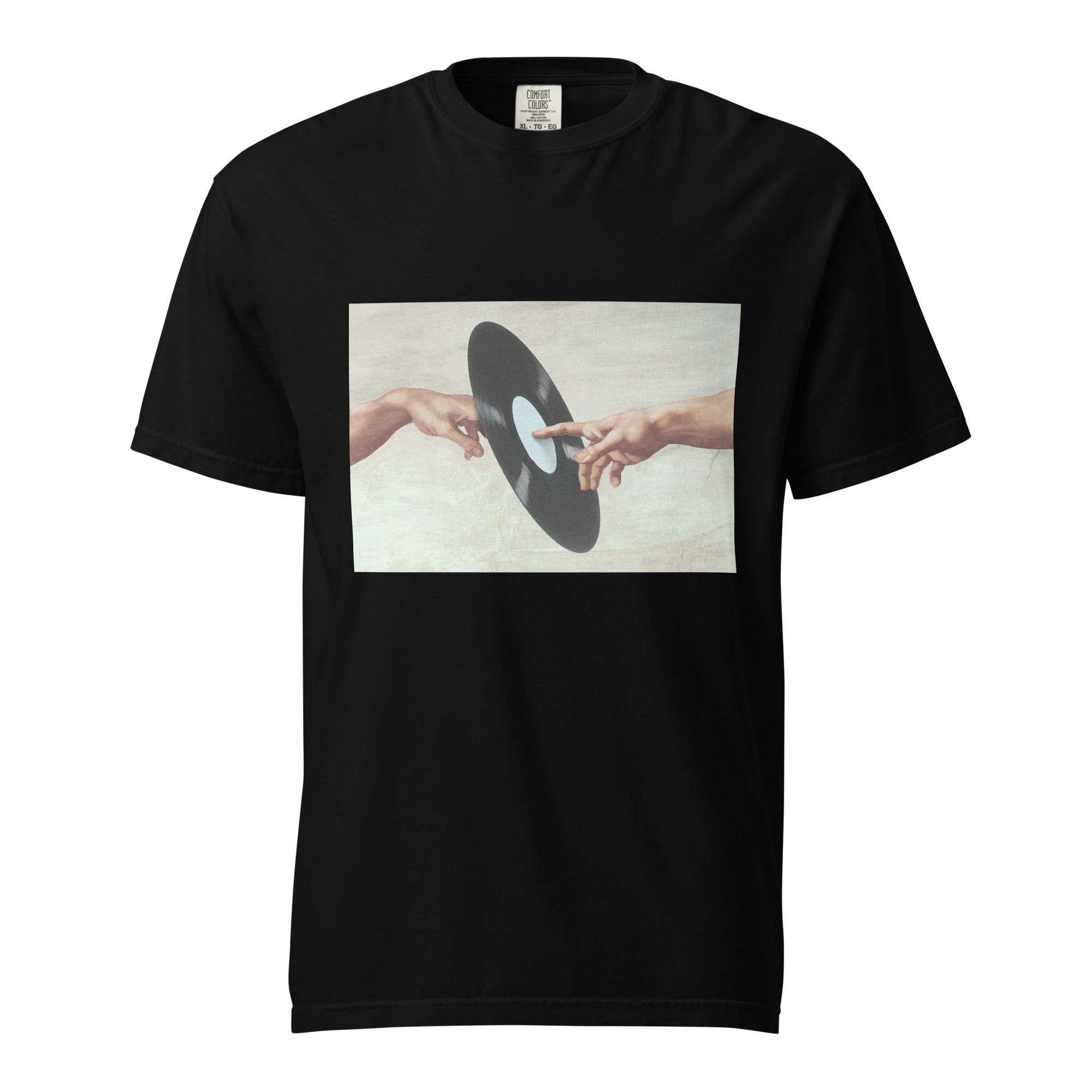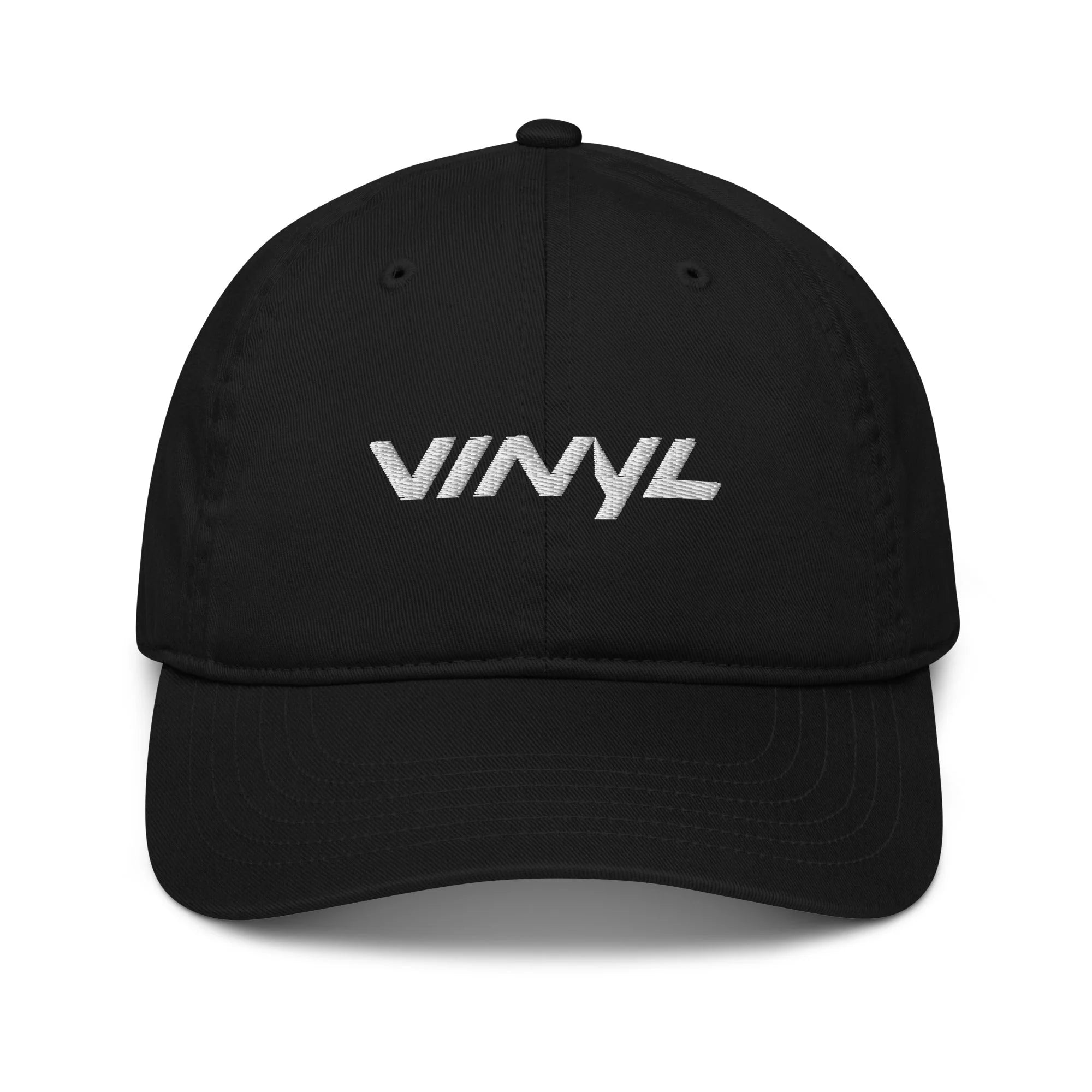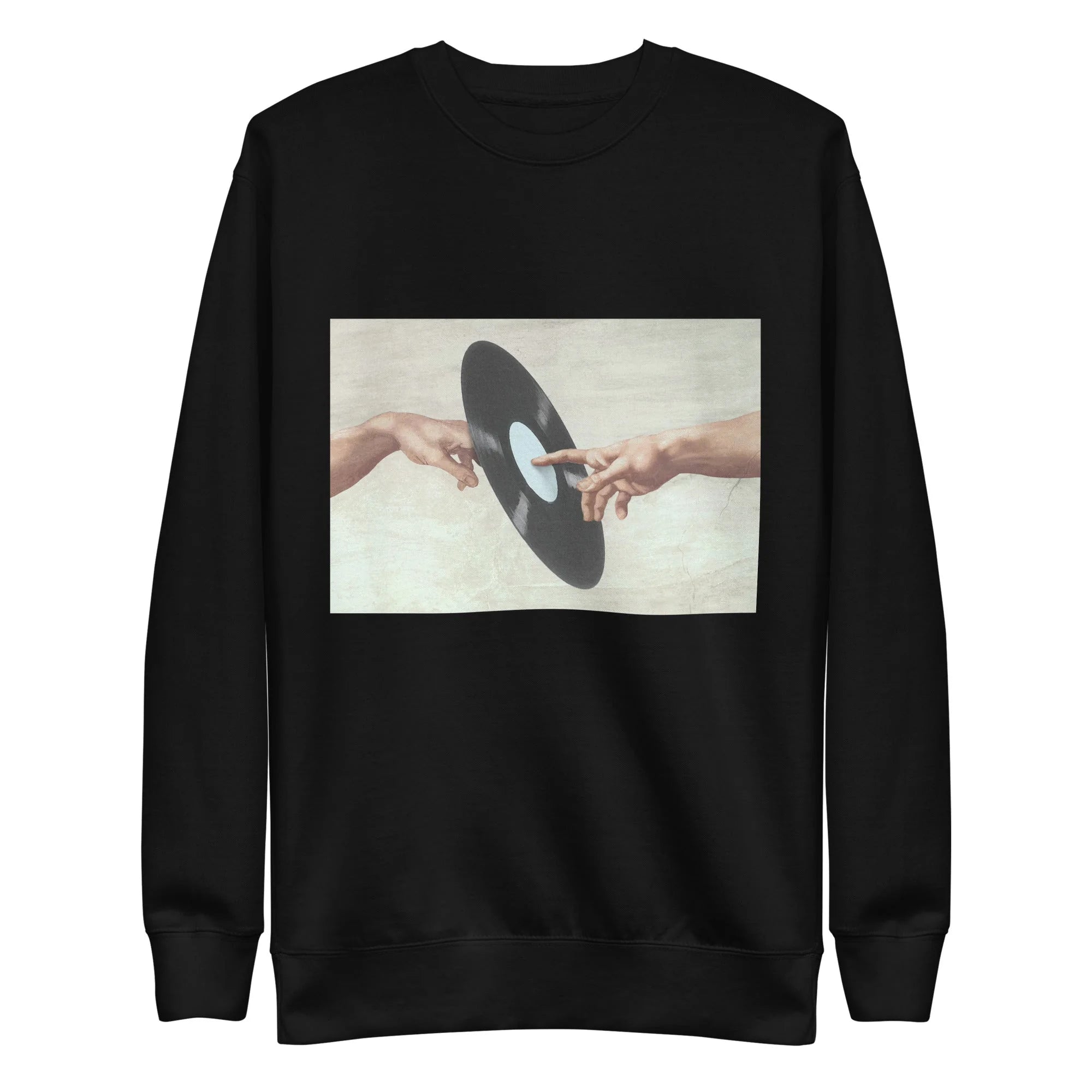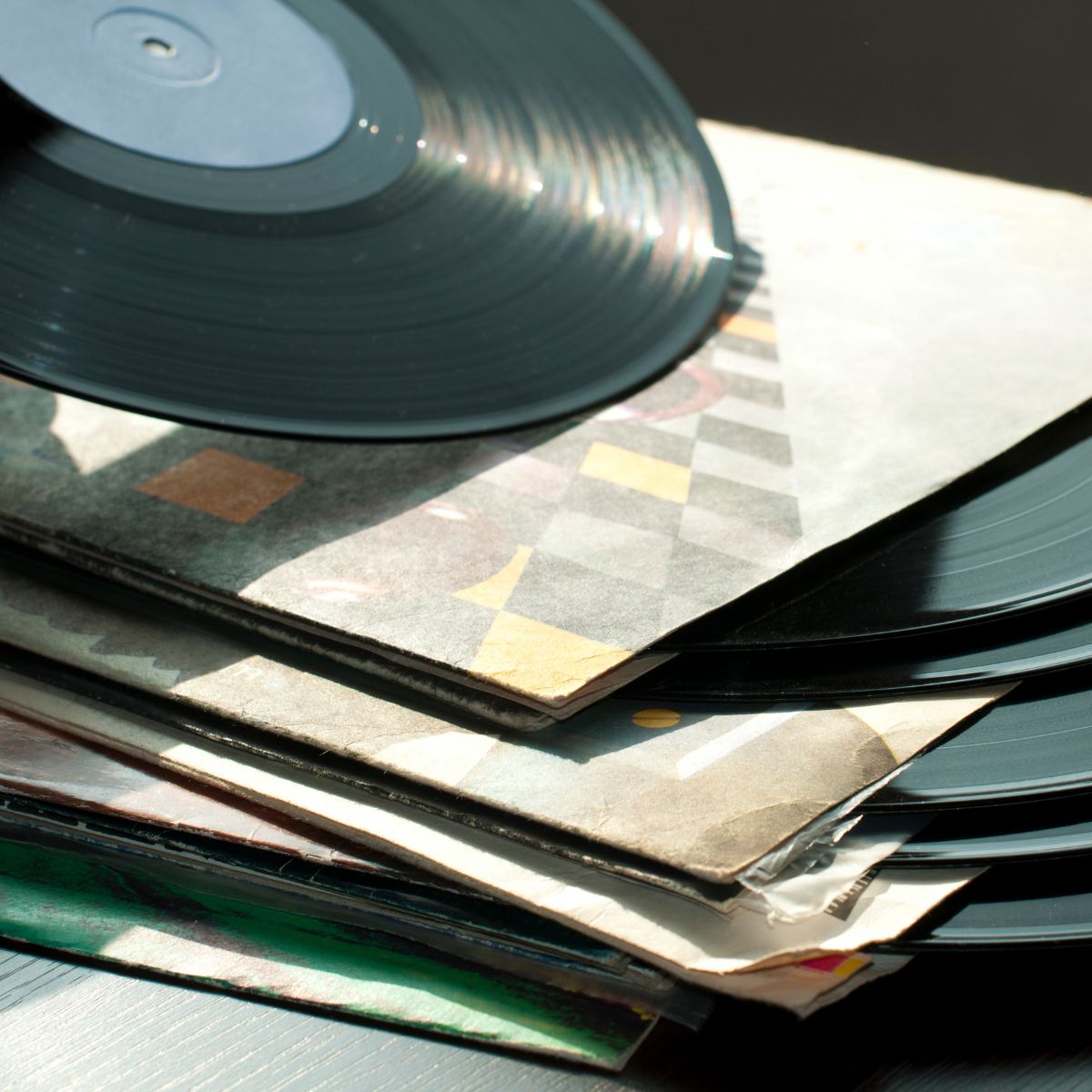Album cover art has undergone a remarkable transformation over the years, evolving from a simple protective outer layer to an essential aspect of an album's identity. Initially, it served the practical purpose of shielding the records from dust and damage. However, as the music industry grew, artists and record companies began to see the potential of album covers as a medium for artistic expression. This evolution marked the beginning of an era where album artwork became as important as the music inside. A well-designed album cover can convey the mood, genre, and essence of the music, creating a visual representation of the auditory experience.

History of Album Cover Art
The history of album cover art is as rich and diverse as the music it represents. From its inception, album covers have been an integral part of the music industry, evolving alongside musical trends and technological advancements. Album covers were simple paper sleeves, primarily used for protection. However, with the advent of LP records in the 1940s, the size of the album cover increased, offering more space for artistic expression.
Key Milestones in Album Art History
Album art has been an integral part of the music industry, evolving significantly over the decades to reflect cultural shifts and technological advancements. Here is an exploration of key milestones in album art history:
- The 1930s-1940s: This era marked the inception of album artwork as a crucial marketing tool. Alex Steinweiss, an art director for Columbia Records, revolutionized the concept by introducing illustrated covers to replace the plain wrappers previously used. This move significantly boosted album sales, demonstrating the commercial potential of compelling visual design. Steinweiss' creations were characterized by vibrant illustrations and unique typography, setting a foundational standard for the visual representation of music.
- The 1950s: As rock and roll emerged, album covers transitioned to more expressive and daring designs, mirroring the rebellious spirit of the music itself. This period saw album art becoming a form of artistic expression that communicated the energy and youthfulness of rock and roll. Designers experimented with bold colors, dynamic compositions, and imagery that challenged conventional standards, paving the way for a more creative engagement between visual arts and music.
- The 1960s: This decade was a creative explosion in album art, driven by cultural revolutions and musical innovation. Iconic covers like The Beatles' "Sgt. Pepper's Lonely Hearts Club Band" not only pushed artistic boundaries but also set new standards for how album covers could contribute to an album's narrative and thematic expression. This period saw designers and musicians collaborating more closely, resulting in covers that were integral to the music's identity.
- The 1970s: Often referred to as the golden age of album art, this era featured elaborate and experimental designs that reflected the psychedelic and progressive rock music of the time. Artists like Roger Dean and Storm Thorgerson created surreal and elaborate imagery that transcended traditional visual art forms, transforming album covers into gateways of the fantastical worlds created by the music. These artworks became collector's items and an essential part of the music experience.
- The 1980s: With the advent of MTV and the music video era, album covers saw a shift towards more graphic and bold designs that were meant to grab attention both in stores and on screen. This period emphasized the synergy between music videos and album artwork, with covers often designed to complement the artist's visual media presence. The use of striking photographic images, intense color palettes, and innovative typography characterized the album art of this decade.
- The 1990s: The grunge and alternative movements brought a raw, unpolished aesthetic to album art, reflecting the gritty, authentic tones of the music. Simultaneously, hip-hop albums embraced street art elements and bold typography to express urban realities and cultural dynamics. This decade highlighted the album cover as a canvas for socio-political expression, resonating with the youth and counterculture movements.
- The 2000s and Beyond: The digital age, combined with the vinyl revival, has led to a renaissance in album cover art. Modern designs blend traditional techniques with digital innovations, creating multi-layered artworks that appeal to both nostalgic collectors and digital consumers. The resurgence of vinyl has re-emphasized the importance of the tactile and visual aspects of album art, encouraging artists and designers to push creative boundaries in both physical and digital formats.
The evolution of album art reflects broader cultural trends and technological shifts, serving not only as a marketing tool but also as an artistic extension of the music itself. As we look to the future, it's clear that album art will continue to evolve, embracing new technologies and artistic expressions to enhance the musical experience.
Iconic Vinyl Album Covers
Iconic vinyl album covers are not just pieces of art; they are cultural landmarks that have defined eras and genres. Behind every legendary cover is a designer or artist who managed to capture the essence of the music and the spirit of the time. These designers often worked closely with the musicians, understanding their vision and translating it into a visual format. The result was often a striking and memorable album cover that would go on to become as famous as the music itself. Some of these covers are so iconic that they are instantly recognizable, evoking the music and the emotions tied to it.
When we delve into memorable vinyl album cover artwork, we see a blend of photography, graphic design, and sometimes even surreal artwork. Each cover tells a story, often hinting at the themes of the album or the artist's journey. These artworks can be dissected to understand the layers of meaning they contain. Whether it's a simple photograph with profound depth or an elaborate illustration, every element of these iconic covers is meticulously crafted to resonate with the listener, often becoming a visual shorthand for the music itself.
The impact of iconic vinyl album covers on both music and culture cannot be overstated. These covers have shaped not only the way we consume music but also how we perceive certain eras and genres. They have inspired fashion trends, influenced graphic design, and even affected the way other artists approach their work. In many cases, the album cover becomes a symbol of the music, a representation of the artist, and a statement in pop culture. These iconic covers have left an indelible mark, becoming timeless pieces of art that continue to inspire and fascinate generations of music lovers and artists alike.

The Creation Process of Album Covers
Conceptualization Stage
This stage is pivotal because it forms the visual first impression of the album, impacting how listeners perceive the music before hearing a single note. Here’s a breakdown of each component of this stage:
- Brainstorming: Here, designers and artists collaborate to transform the musical spirit of the record and the artist's identity into visual concepts. This process often involves intense creative sessions where team members suggest a multitude of ideas, images, and concepts. It's a time for open creativity, where no idea is too bold or too subtle, and each suggestion serves as a building block for the next.
- Mood Boards: Following brainstorming, mood boards are developed. These are essentially visual representations that combine images, textures, and text to set the tone of the album cover. Each mood board is a collage that encapsulates different potential aesthetic directions. This tool is crucial as it allows the team to visualize abstract concepts and decide which elements best convey the album’s vibe.
- Sketching and Drafting: Once a general direction is established through mood boards, the next step involves sketching and drafting initial designs. This phase is characterized by experimentation with various compositions, typographies, and color schemes that align with the chosen themes. These initial drafts are seldom final; they undergo numerous revisions, each refining the concept closer to the desired outcome.
- Discussion: Throughout the conceptualization process, ongoing discussions are critical. These conversations revolve around the album's overarching themes, the narrative the artist wishes to convey, and how the visuals should reflect the musician’s identity and journey. It's a collaborative effort to align the creative vision with practical outputs, ensuring the final product authentically represents the music.
- Direction Setting: The culmination of the conceptualization stage is setting a clear creative direction. This step finalizes decisions regarding the visual narrative and how it should be executed in the subsequent phases of design and production. It solidifies the conceptual groundwork laid by the previous steps, ensuring there is a strategic plan moving forward.
The conceptualization stage is where the visual identity of an album begins to take shape, crafted through a collaborative and iterative process that ensures the cover art is not only visually appealing but also a true reflection of the album's music and the artist’s persona.
Collaborative Efforts
Musicians, graphic designers, photographers, and sometimes even fans, contribute their unique perspectives to the creation of the album cover. This multidisciplinary approach ensures a richer and more varied output, where different artistic insights enhance the overall design. Collaboration can also transcend physical boundaries, incorporating ideas from global fans and online communities through social media and design platforms. These interactions often democratize the design process, allowing fans to have a say in the final product, thus fostering a deeper connection between the artist and their audience.
Photography and Its Role
It captures not just the artist's physical likeness but also the mood and themes of the album itself. The choice of photographer is crucial as it affects the artistic direction and quality of the final images. Decisions about location, lighting, and style of photography can alter the narrative conveyed by the album cover. For example, a shoot in a natural environment might suggest themes of authenticity and freedom, while a studio-based shoot might focus on crafted personas or artistic abstraction. The resulting images can become as memorable as the music itself, contributing to the album's identity and legacy in popular culture.
Graphic Design Techniques
In album cover art, graphic design integrates text, color, and imagery to produce a visually engaging and coherent piece. Designers leverage advanced software and digital tools to manipulate photos, craft custom fonts, and experiment with innovative layouts. The selection of color schemes and typography is meticulously considered to evoke certain emotions or represent musical genres. Bold, vibrant colors and eclectic fonts might be used for a pop album to convey energy and fun, while subdued tones and minimalistic design could suit acoustic or folk music.
Finalizing the Design
The final phase in album cover design involves refining and finalizing the artwork. This stage includes detailed revisions of the design elements, such as fine-tuning color balances, adjusting typography, and ensuring that all visual components are harmoniously aligned with the album's vision. Feedback is solicited from the artist and their label, and may also involve focus groups to measure broader audience reaction. Once the design meets all aesthetic and communicative goals, it undergoes a technical preparation for production. This includes ensuring that the artwork is optimized for different formats, such as digital displays and physical media like vinyl or CDs, focusing on technical specifics like resolution and color fidelity to guarantee the cover looks as intended on all platforms.
Vinyl Revival and Its Impact on Album Art
Revival is not just about the nostalgia for a vanished era; it's a recognition of the unique experience that vinyl offers. The tangible nature of vinyl records, complete with large, visually striking covers, provides a sensory experience that digital formats cannot replicate. This resurgence is driving artists and record companies to place a greater emphasis on the design and quality of album covers, recognizing their role in enhancing the overall music experience.
The comeback of vinyl has a profound influence on current album art trends. In this digital age, where streaming services dominate, the physical presence of vinyl stands out. This has led to a creative renaissance in album cover design, with artists and designers exploring new artistic directions. The demand for unique and visually appealing covers is higher than ever, encouraging experimentation with various art forms, materials, and printing techniques.

Additionally, the trend of releasing special edition vinyl records with exclusive artwork has gained popularity, catering to collectors and fans who value the artistry and collectability of these editions. This resurgence of vinyl is not just a passing trend but a statement about the importance of art in music, driving a more holistic approach to album creation where the visual elements are as significant as the music itself.

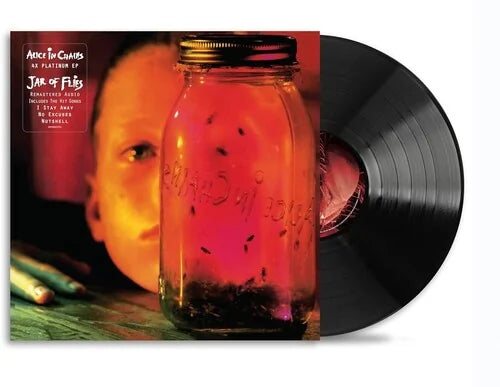
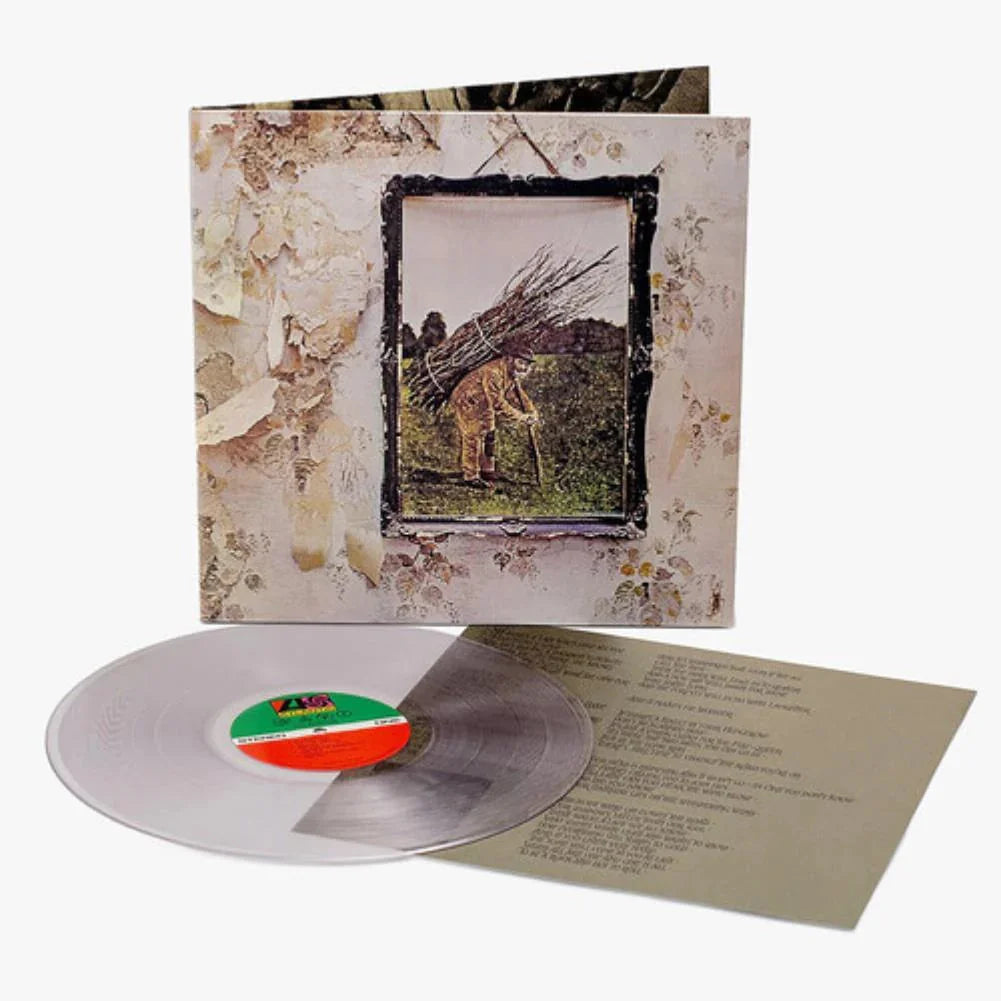
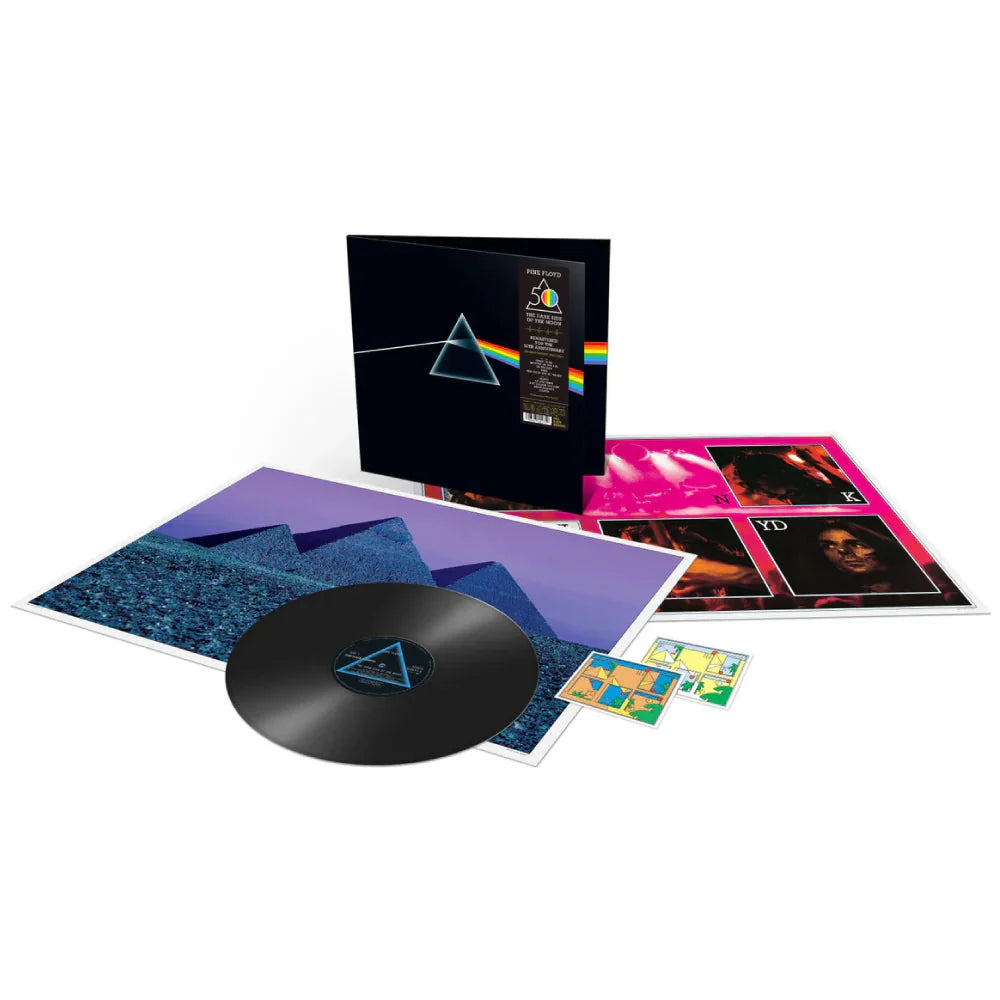
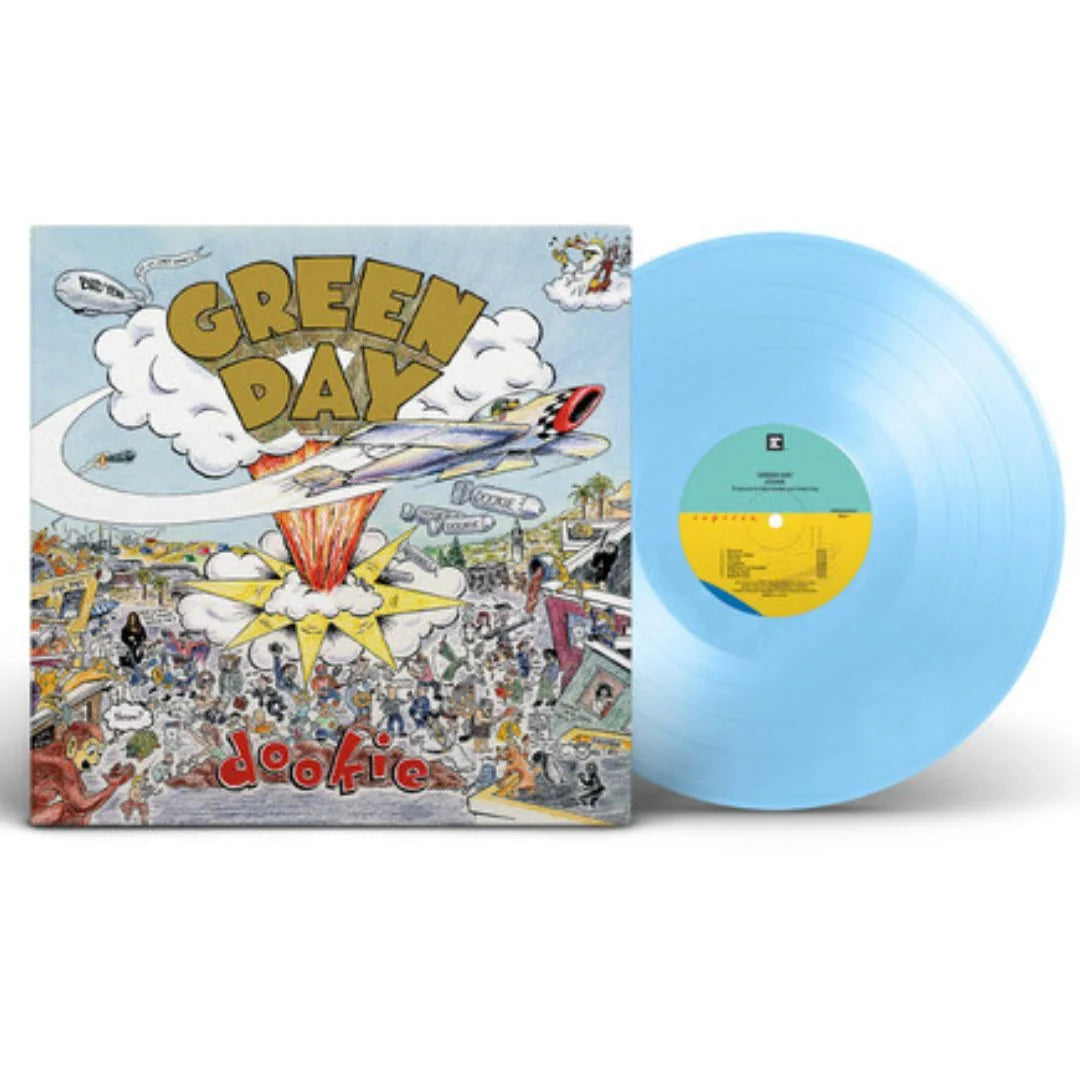
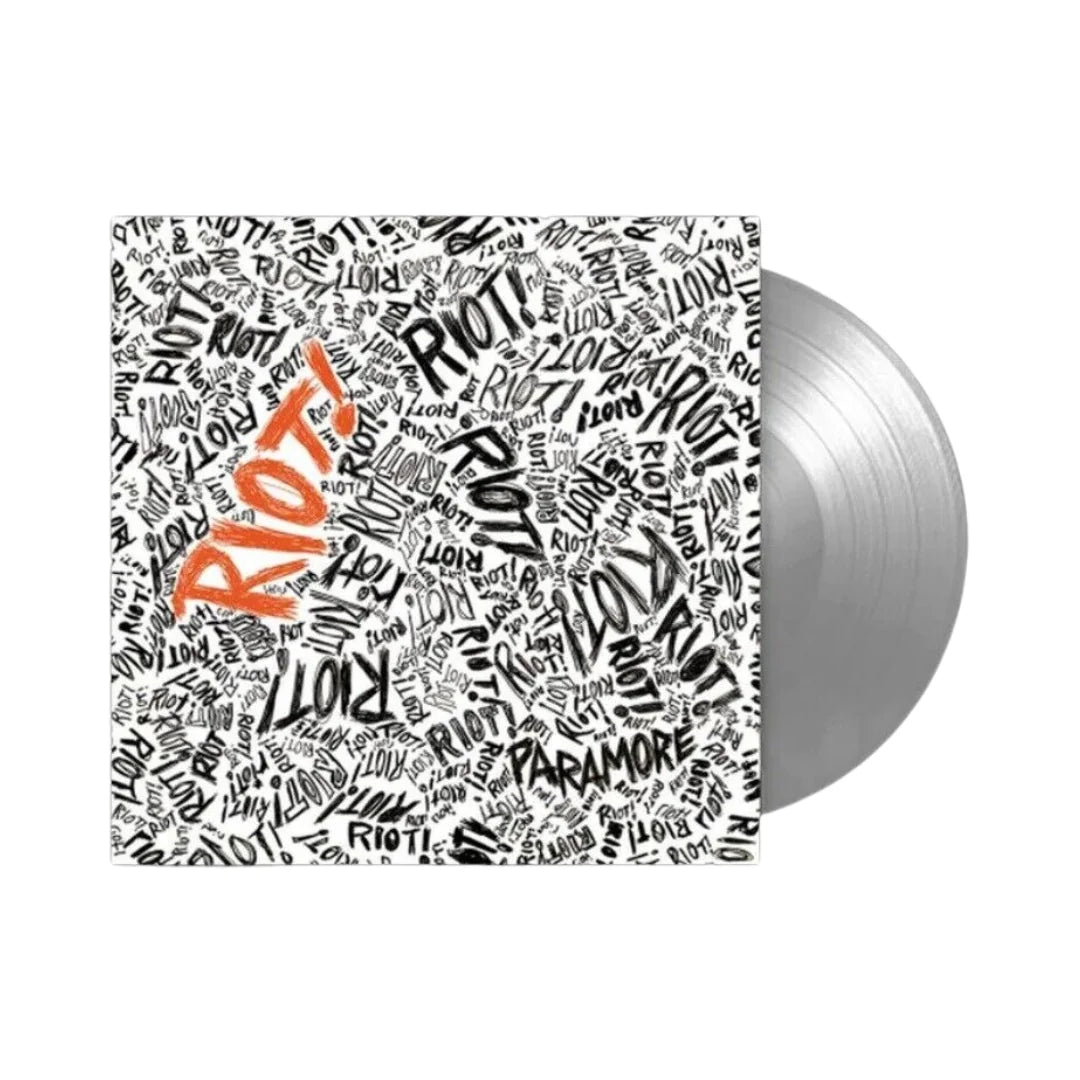
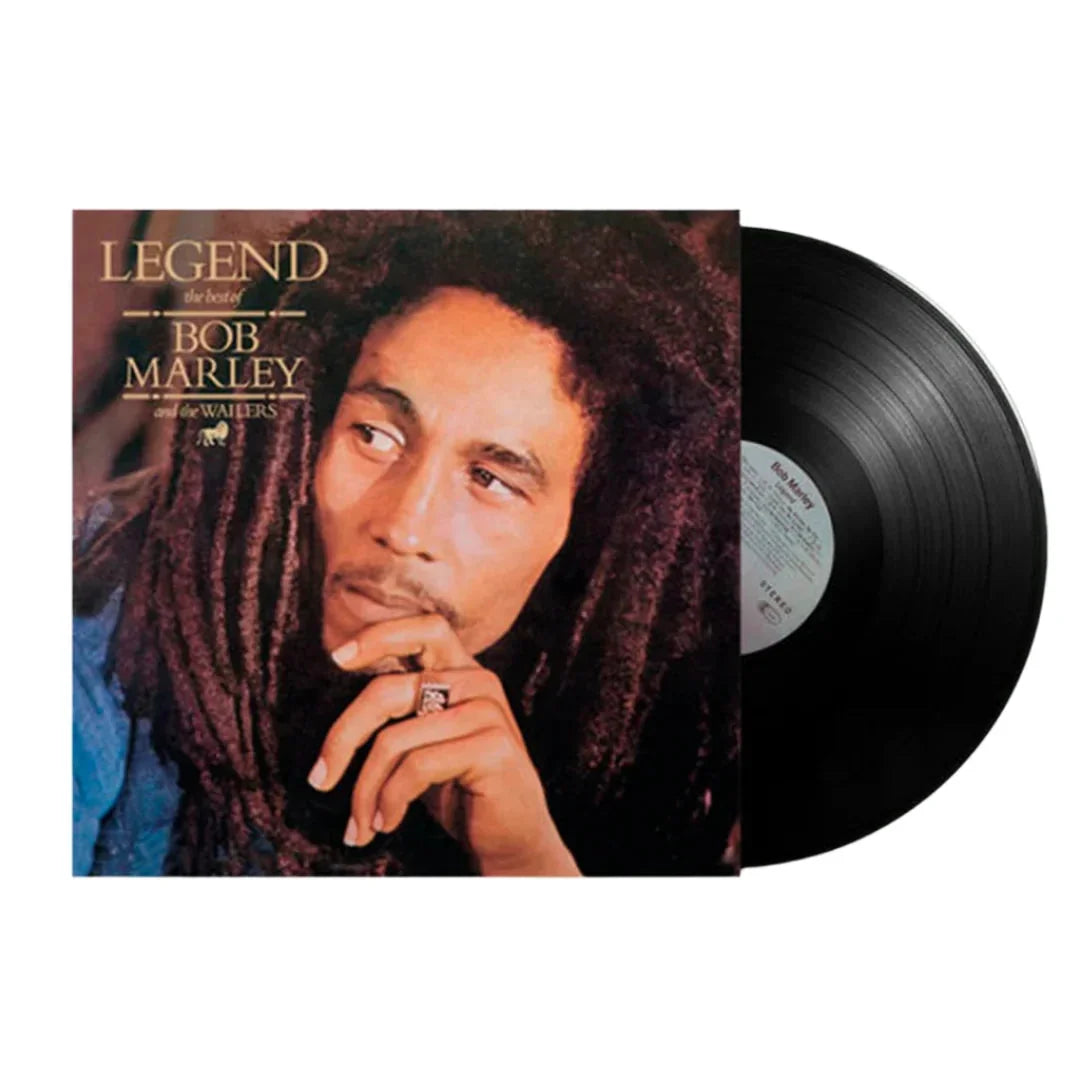
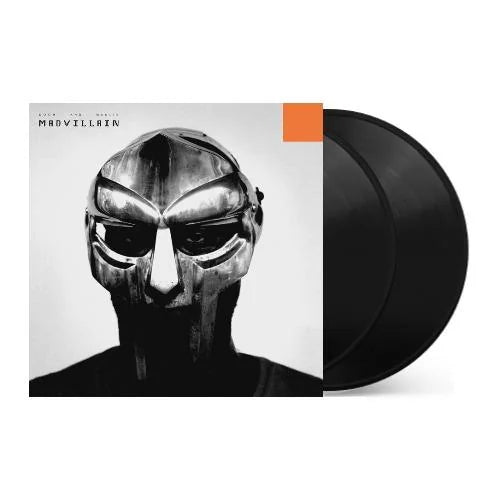
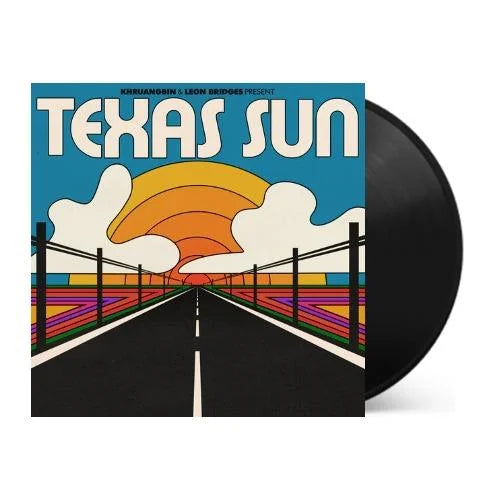
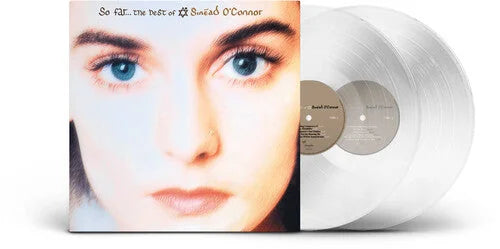
![The Grateful Dead - The Music Never Stopped [6LP Box Set]](http://vinyl.com/cdn/shop/files/The_Grateful_Dead-The_Music_Never_Stopped__6LP_Box_Set.jpg?v=1747729623&width=5760)
![The Grateful Dead - Madison Square Garden, New York, NY 3/9/81 (2023 Rocktober Edition) [5LP Box Set]](http://vinyl.com/cdn/shop/files/4247396-3042523.jpg?v=1758034700&width=5760)
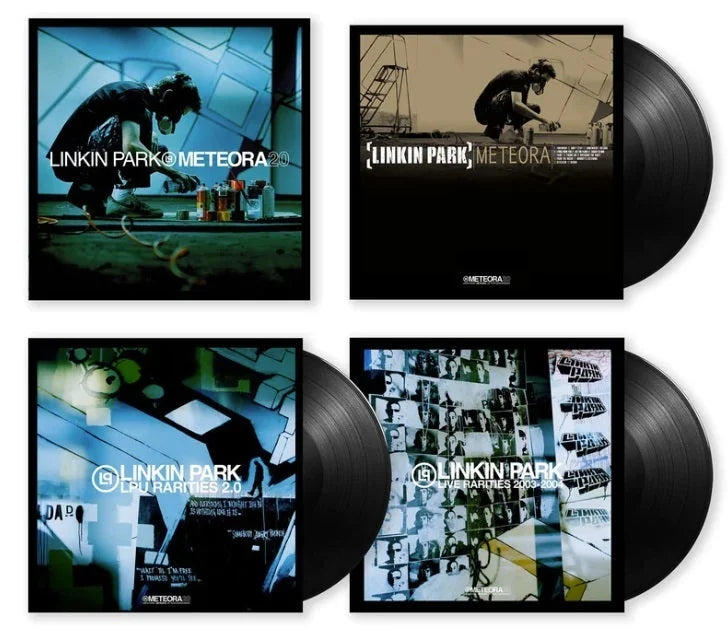
![Sufjan Stevens - Songs For Christmas [5LP Box Set]](http://vinyl.com/cdn/shop/files/3576666.jpg?v=1684195276&width=5760)
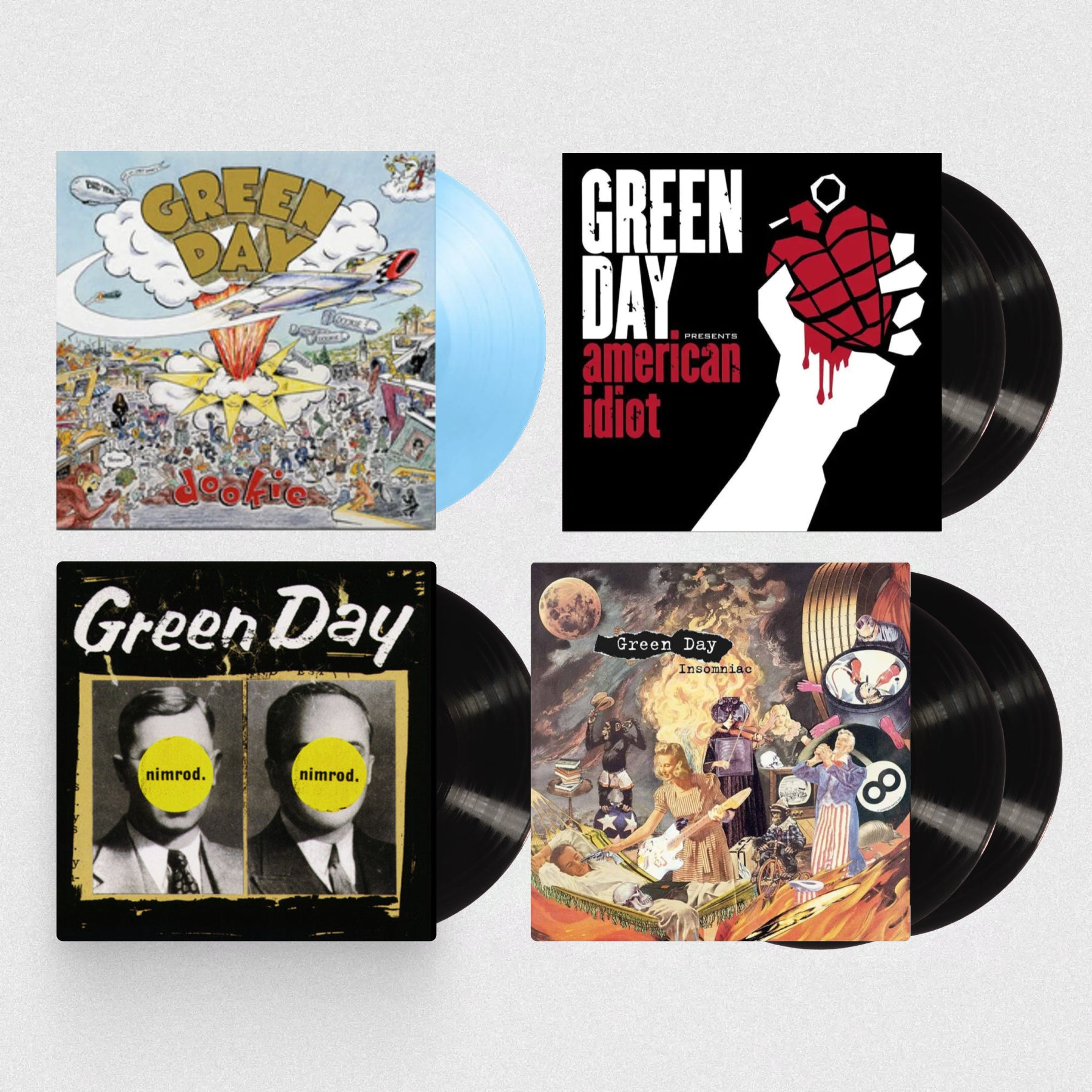
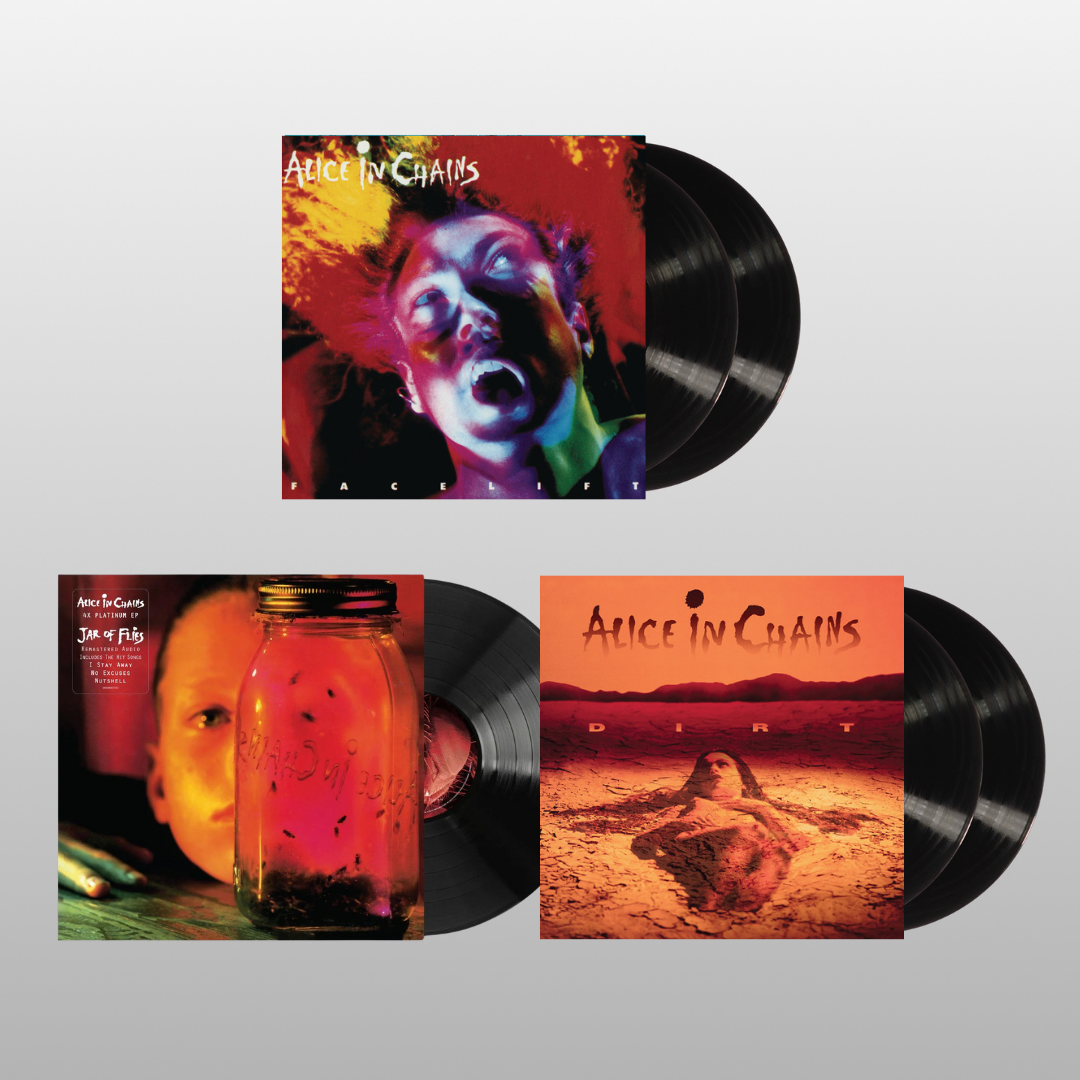
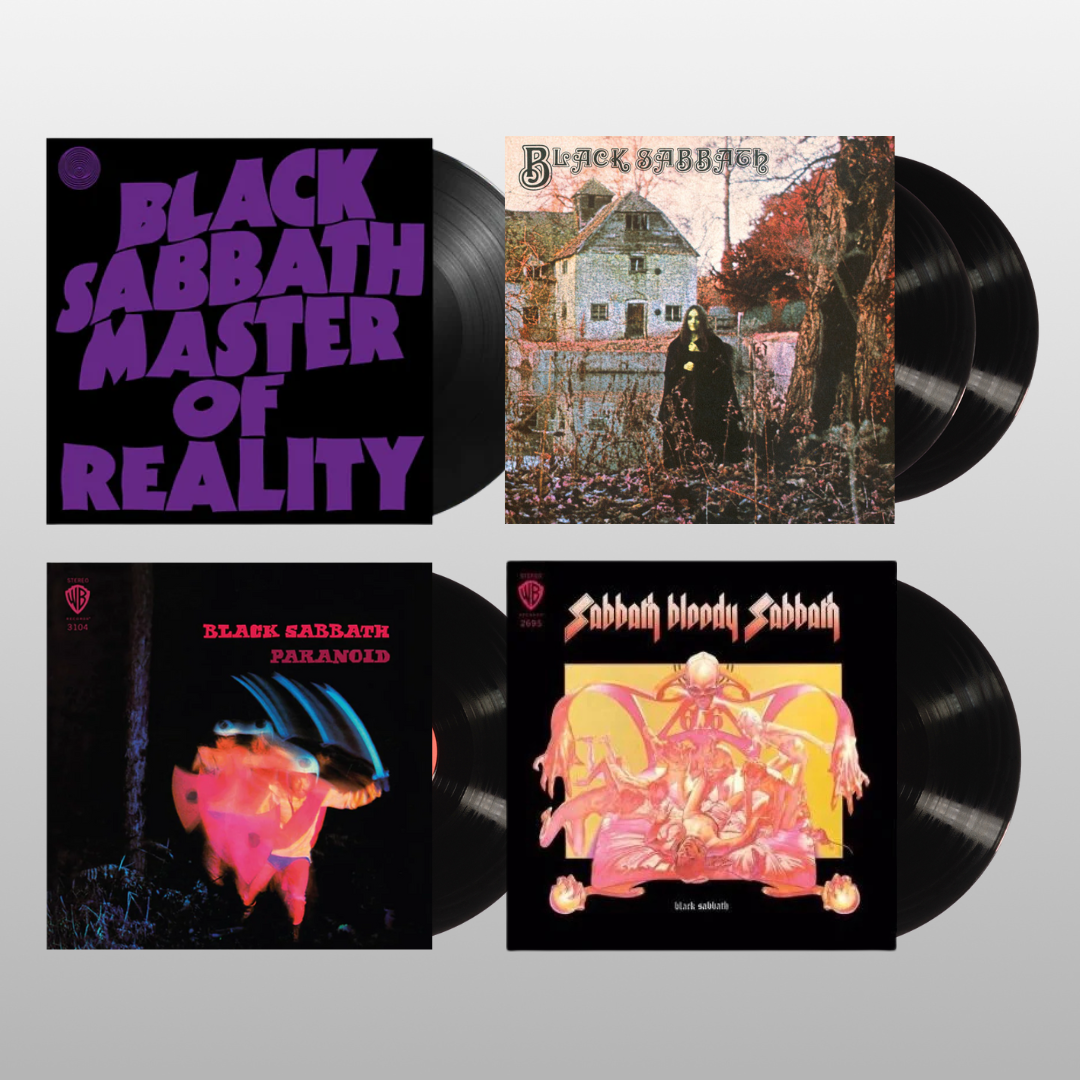

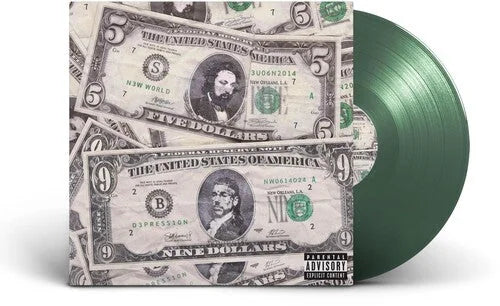
![$Uicideboy$ - Thy Kingdom Come [Clear]](http://vinyl.com/cdn/shop/files/4435583-3407920.jpg?v=1754460746&width=5760)
![(hed) p.e. - New And Improved [Pink]](http://vinyl.com/cdn/shop/files/4425252-3389420.jpg?v=1746578880&width=5760)
![1 Locate S - Wicked Jaw [Sky Blue]](http://vinyl.com/cdn/shop/files/4217742-2982879.jpg?v=1693273095&width=5760)
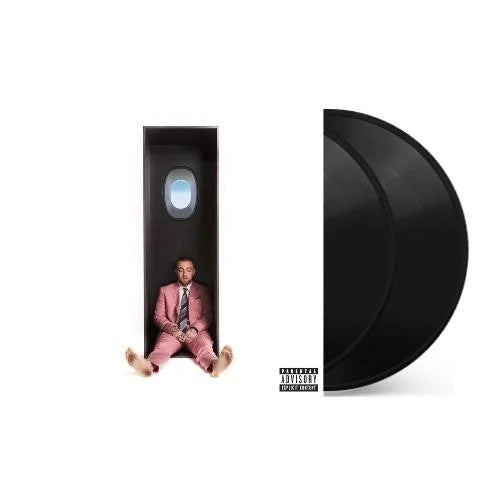
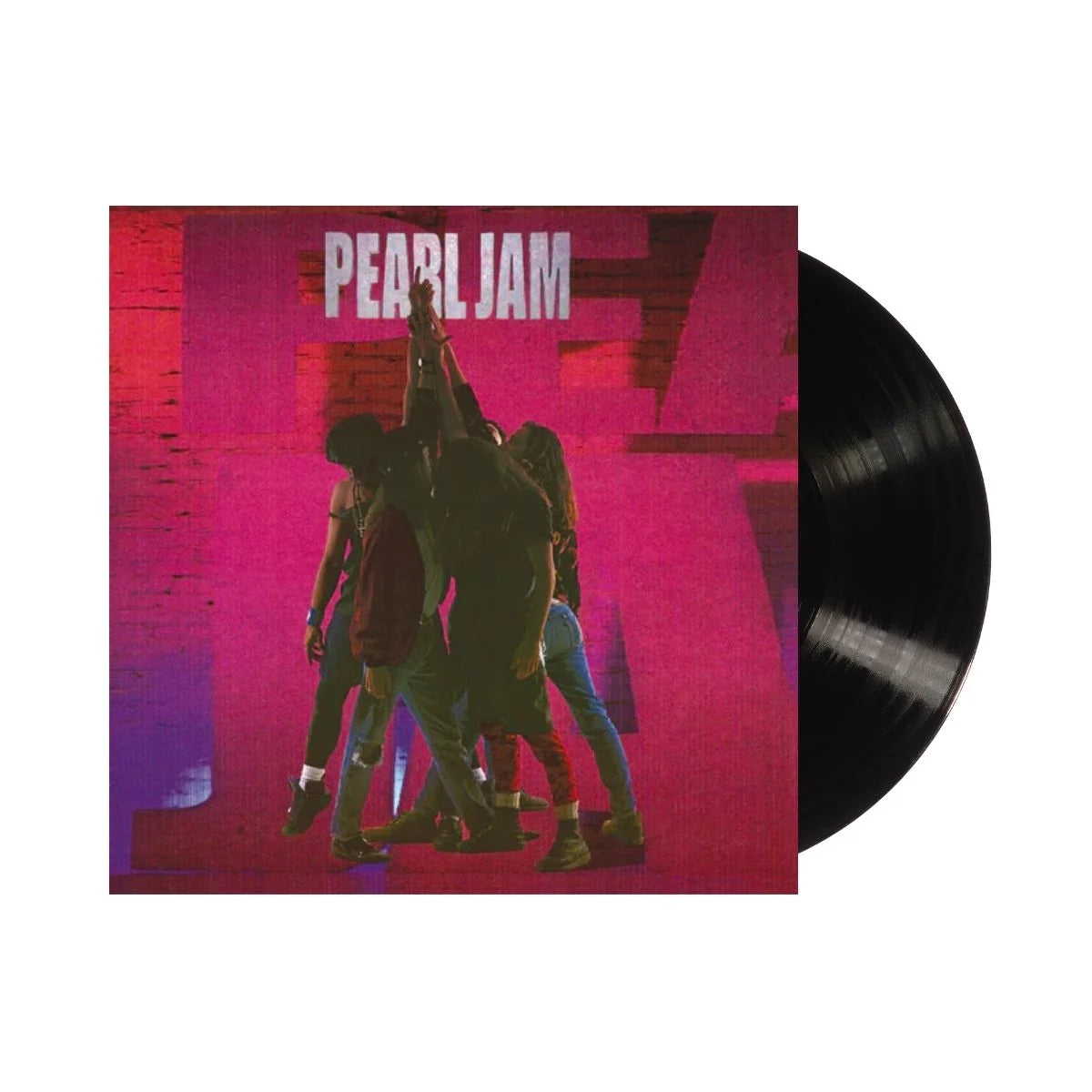
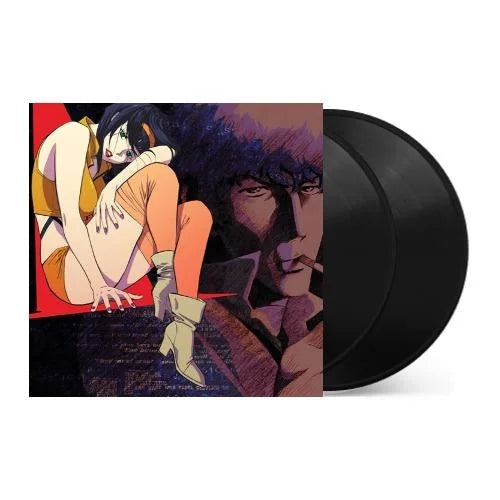
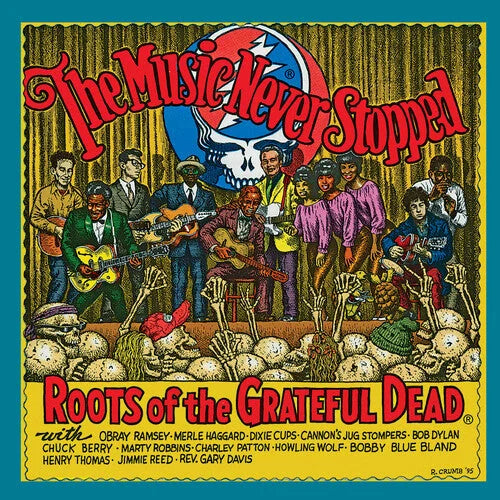

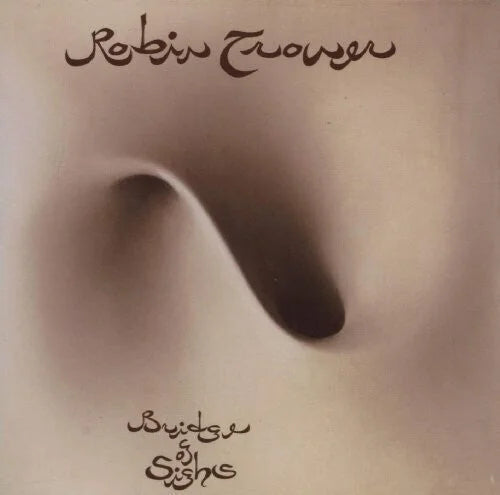
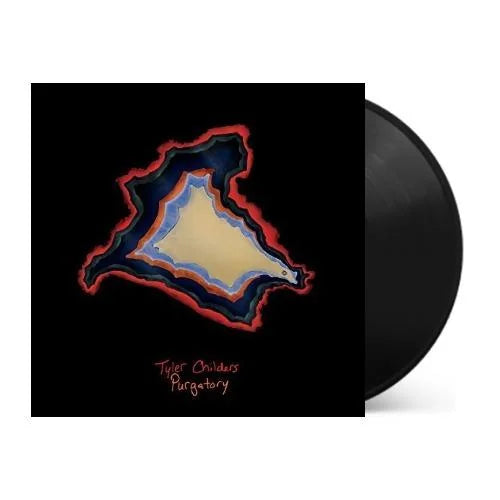
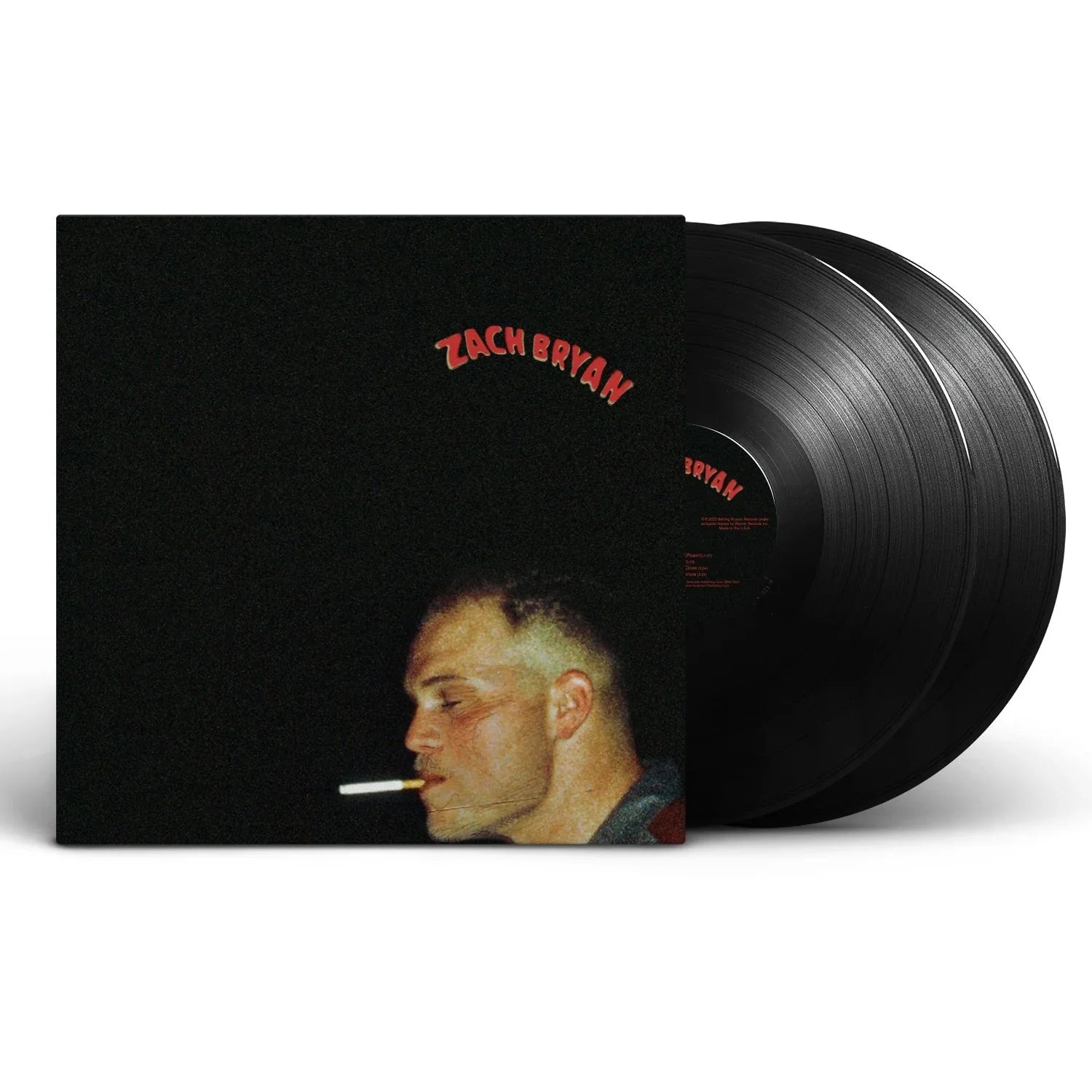
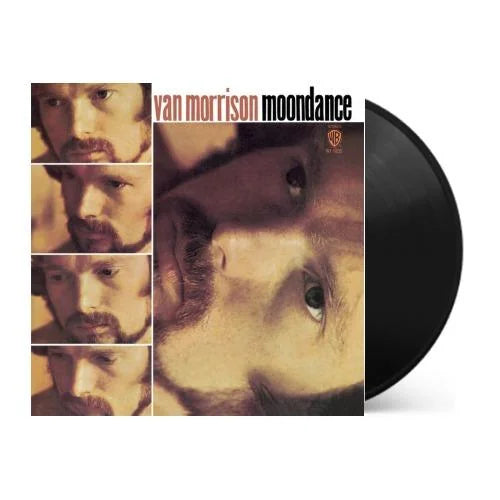
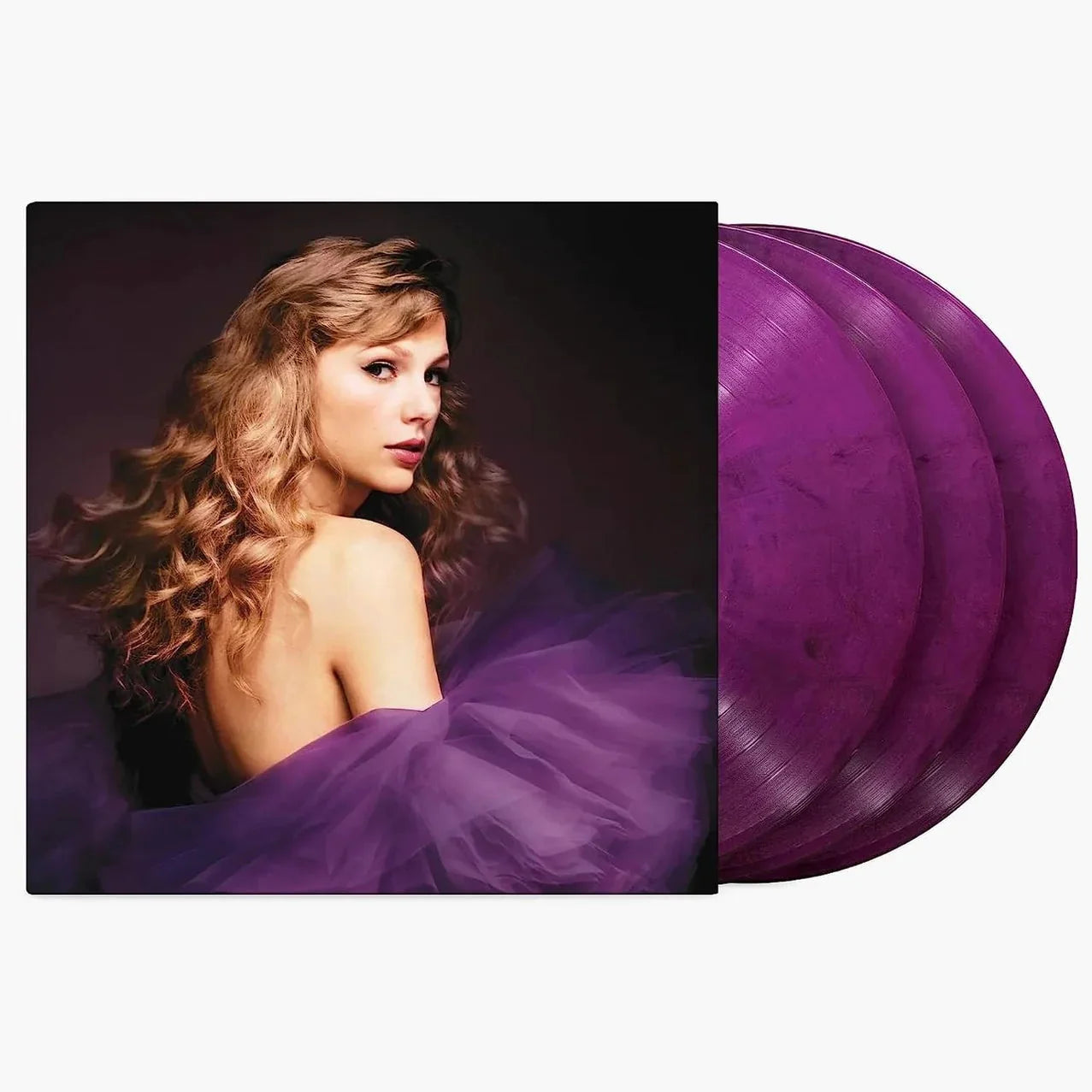
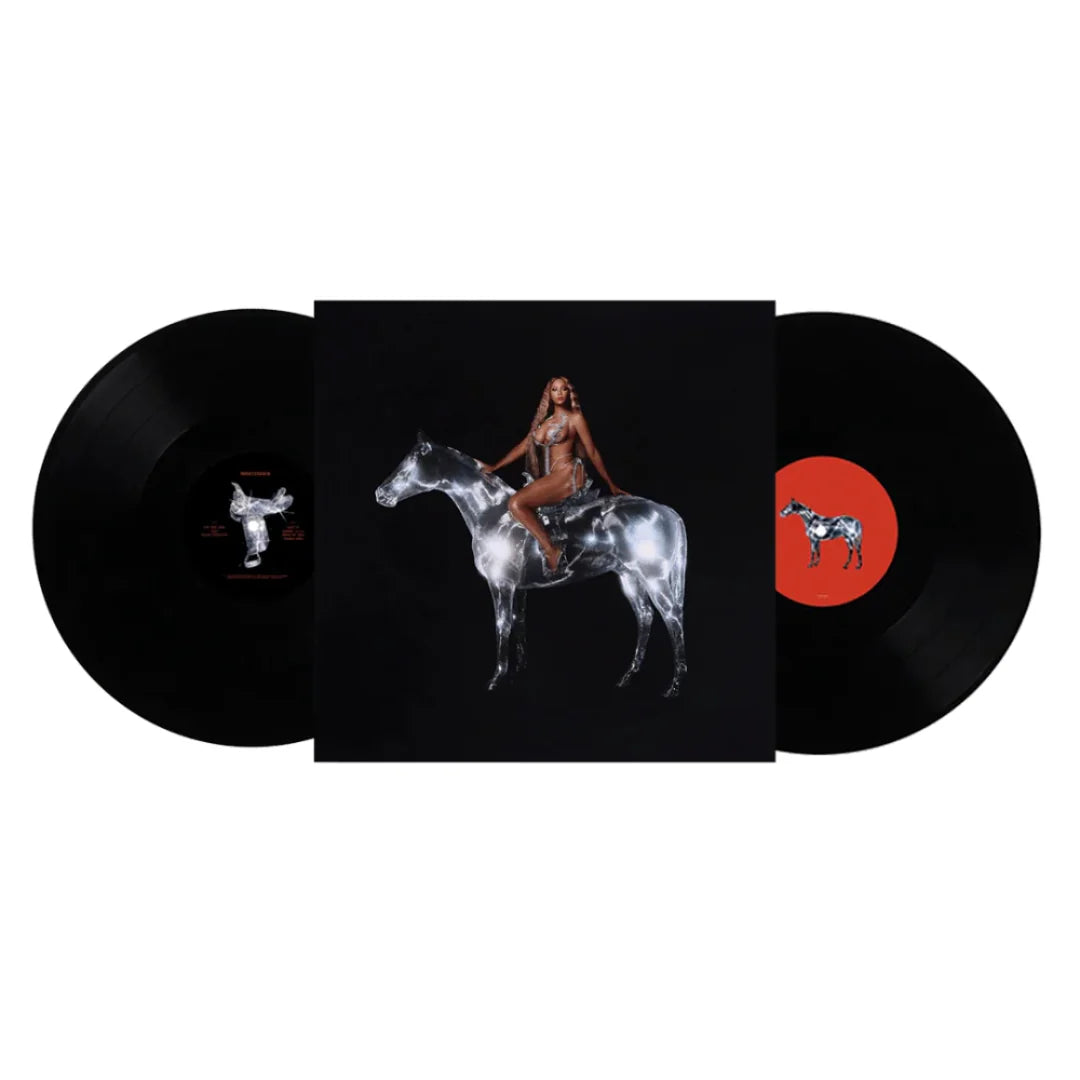
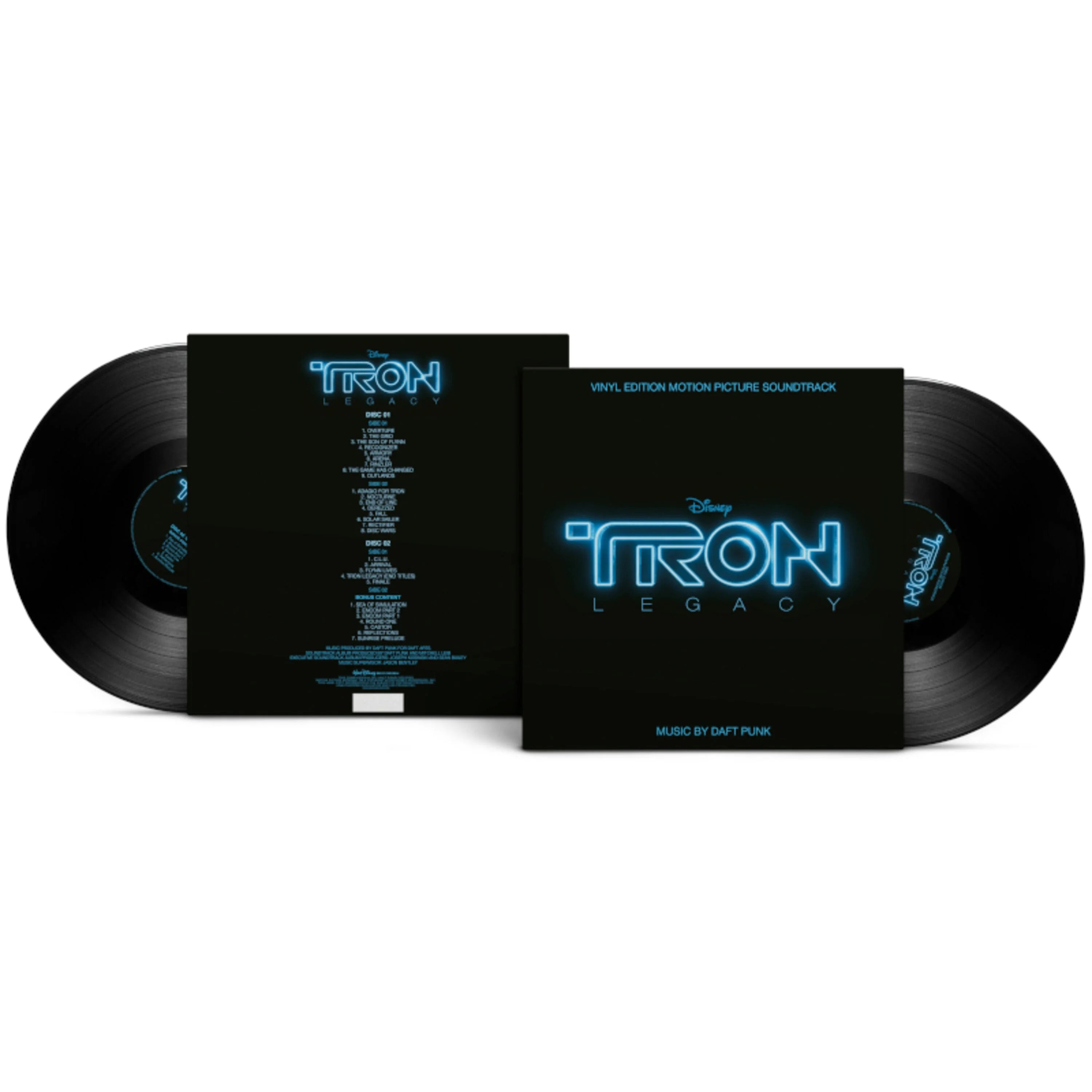

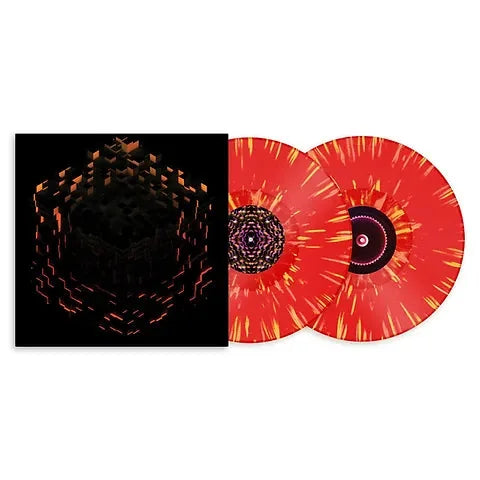
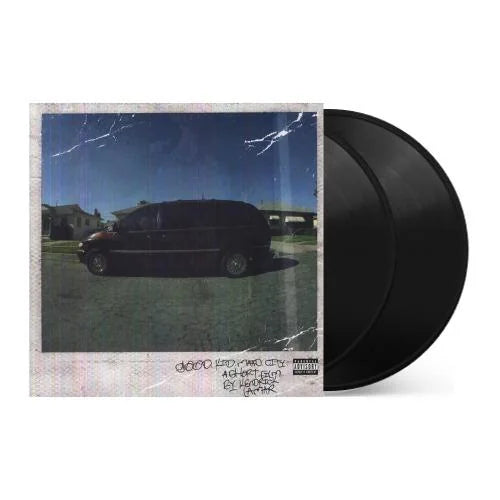
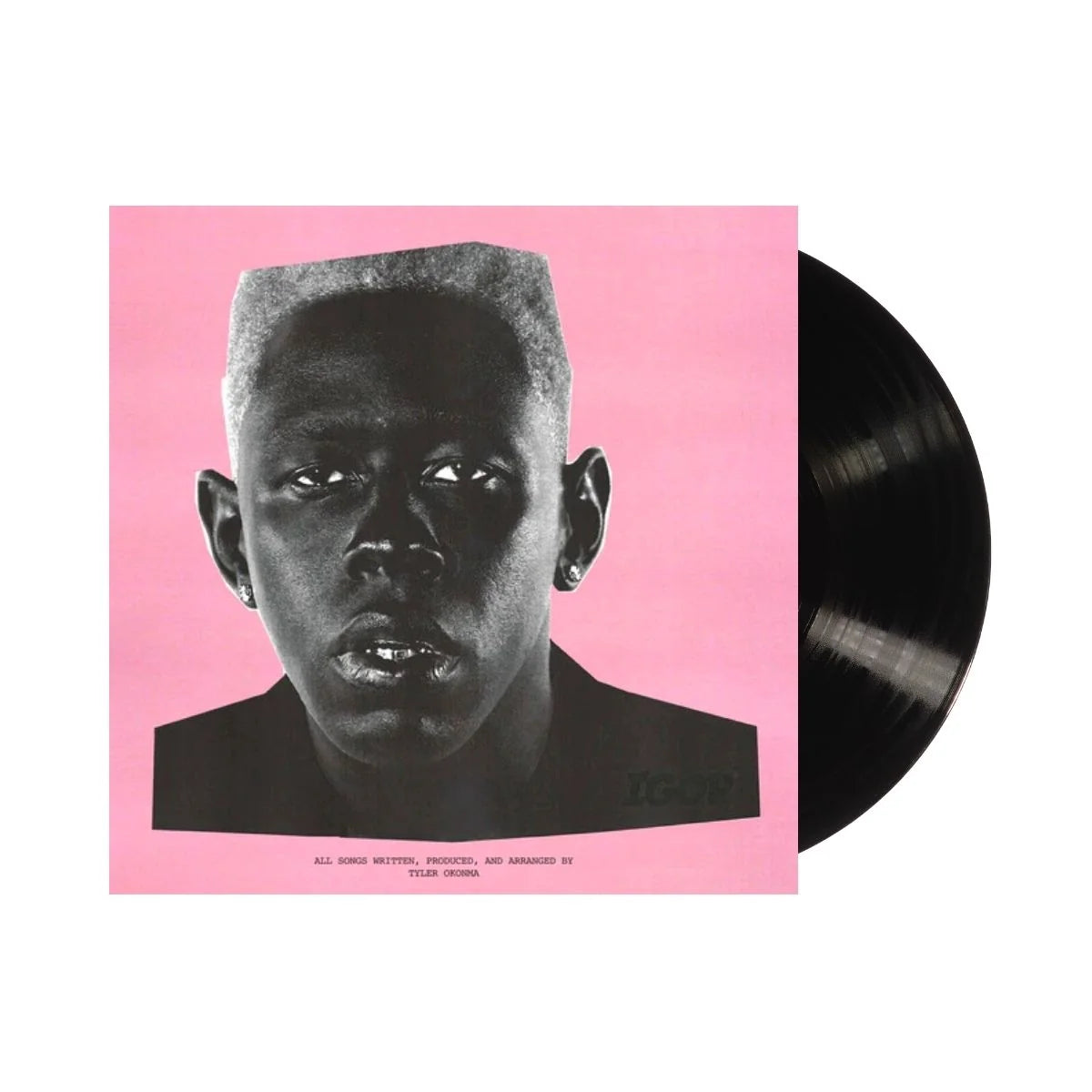

![Miles Davis - Kind of Blue [180-gram]](http://vinyl.com/cdn/shop/files/Y4LPMD03.webp?v=1742198237&width=5760)


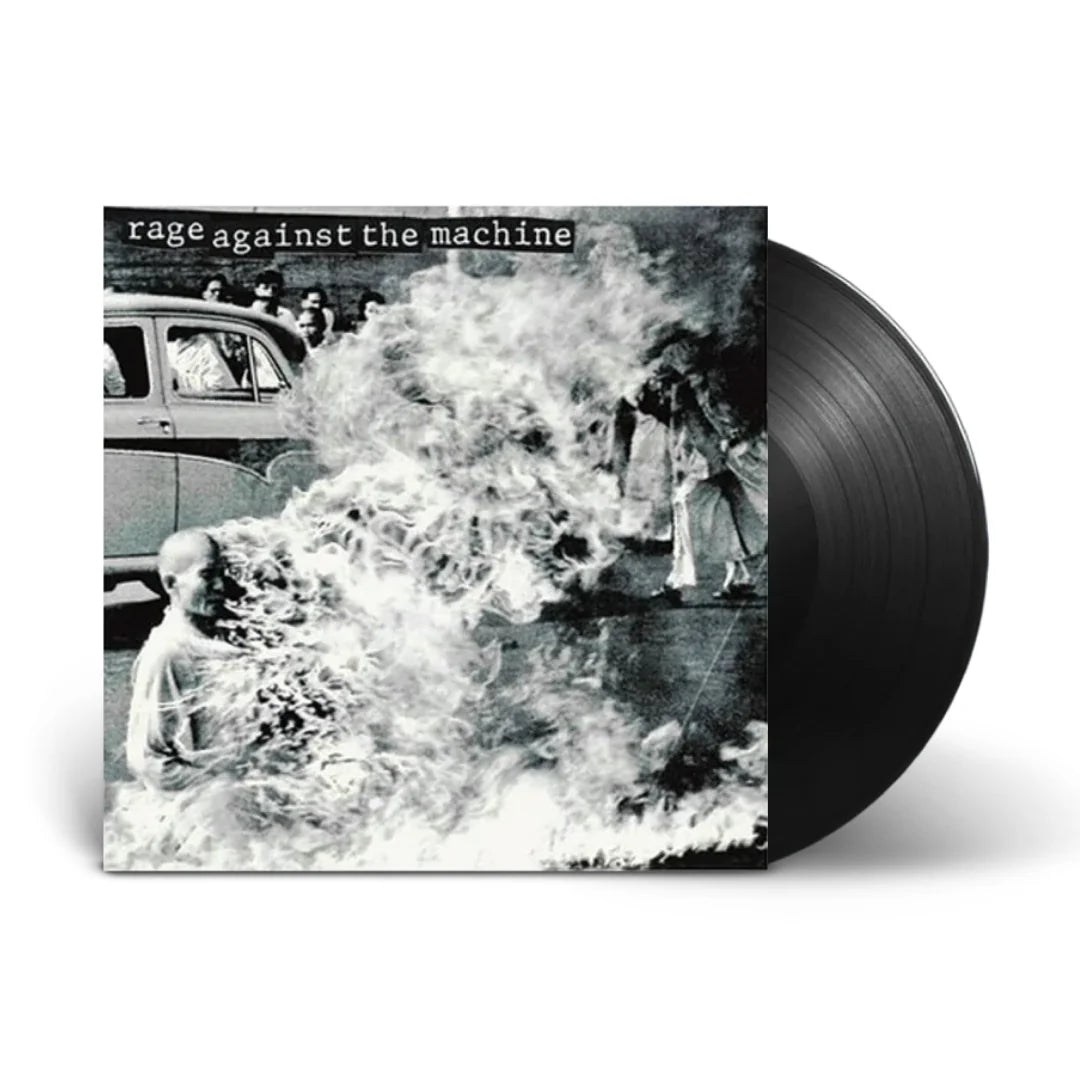
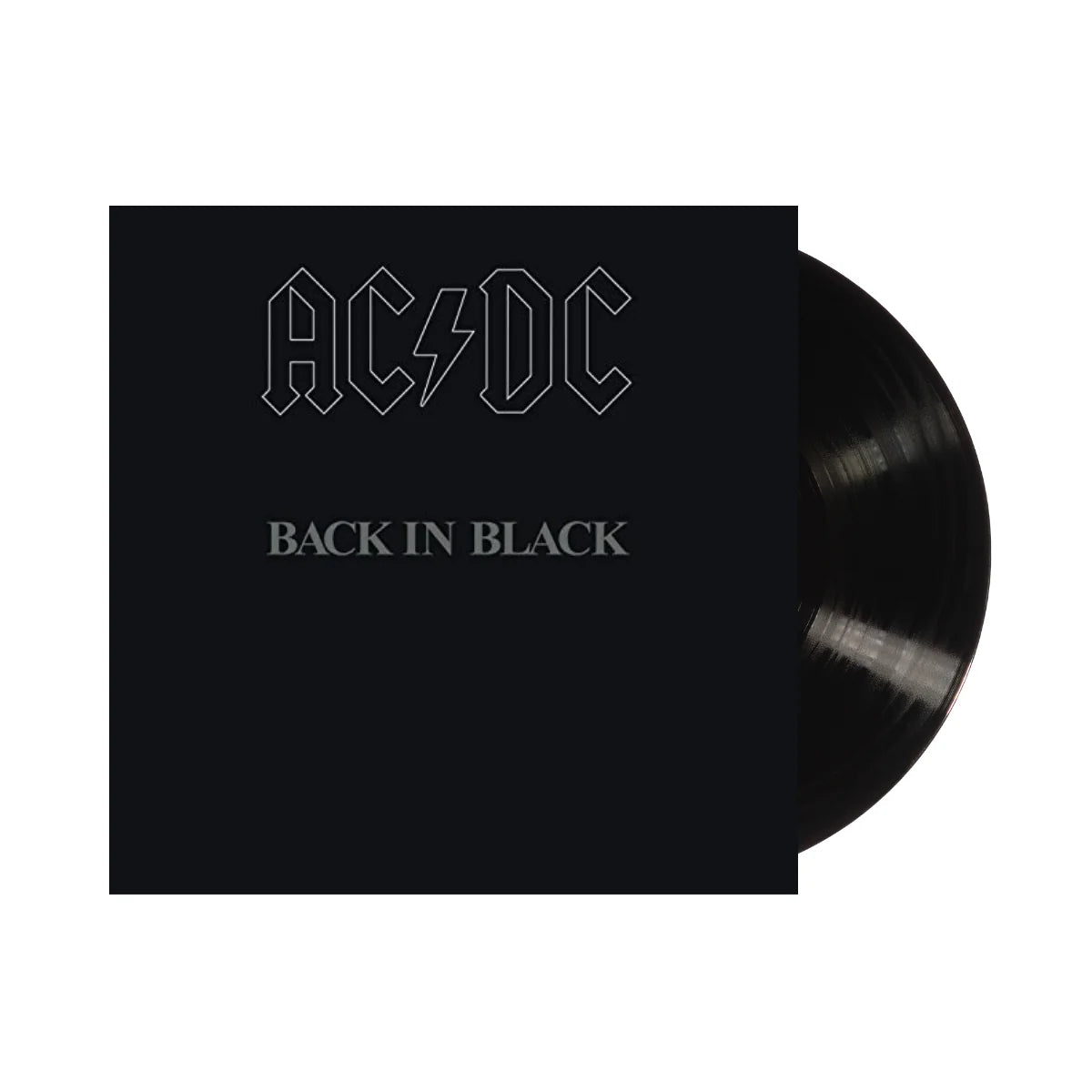

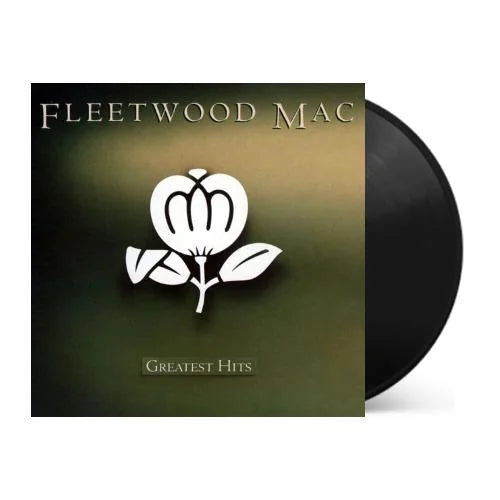
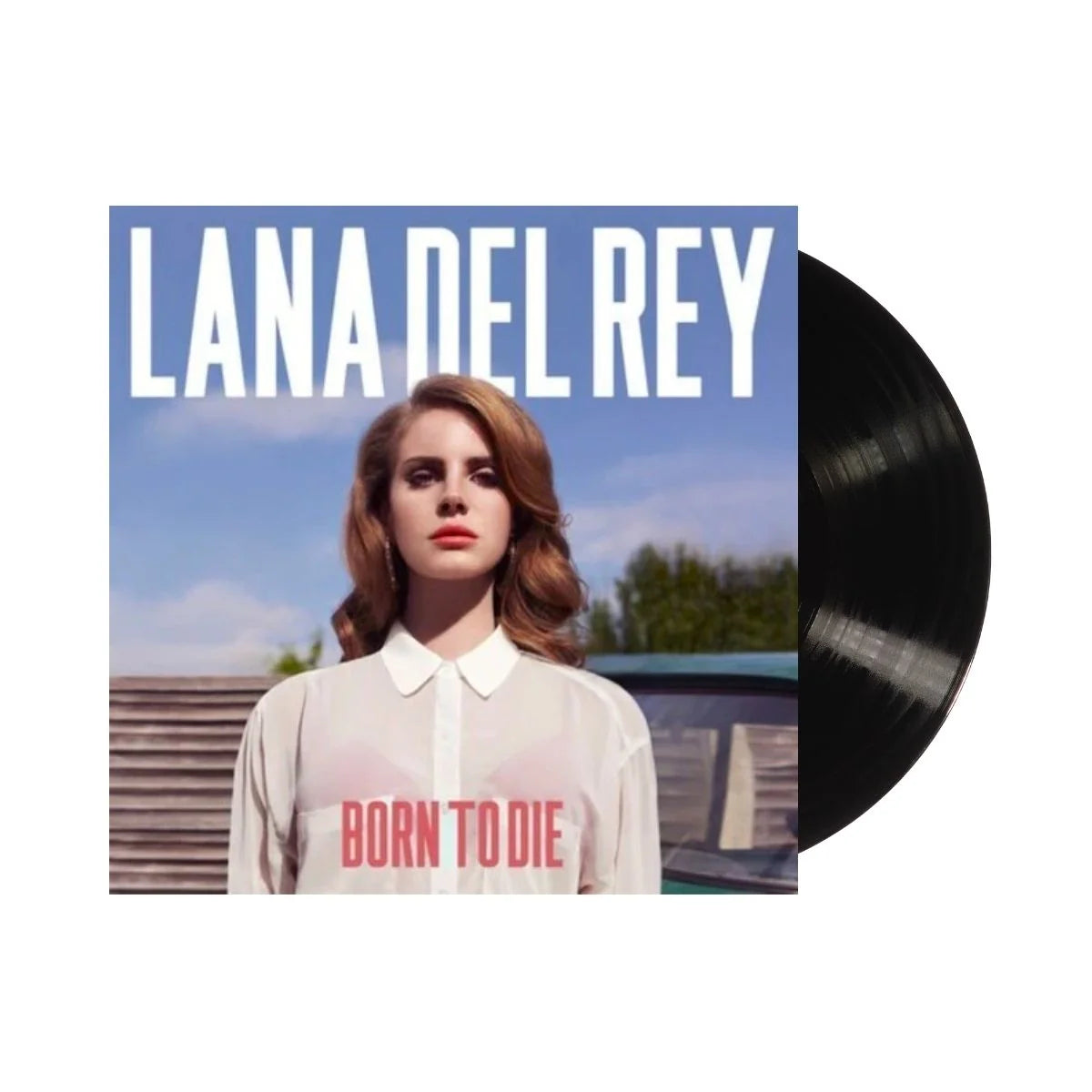
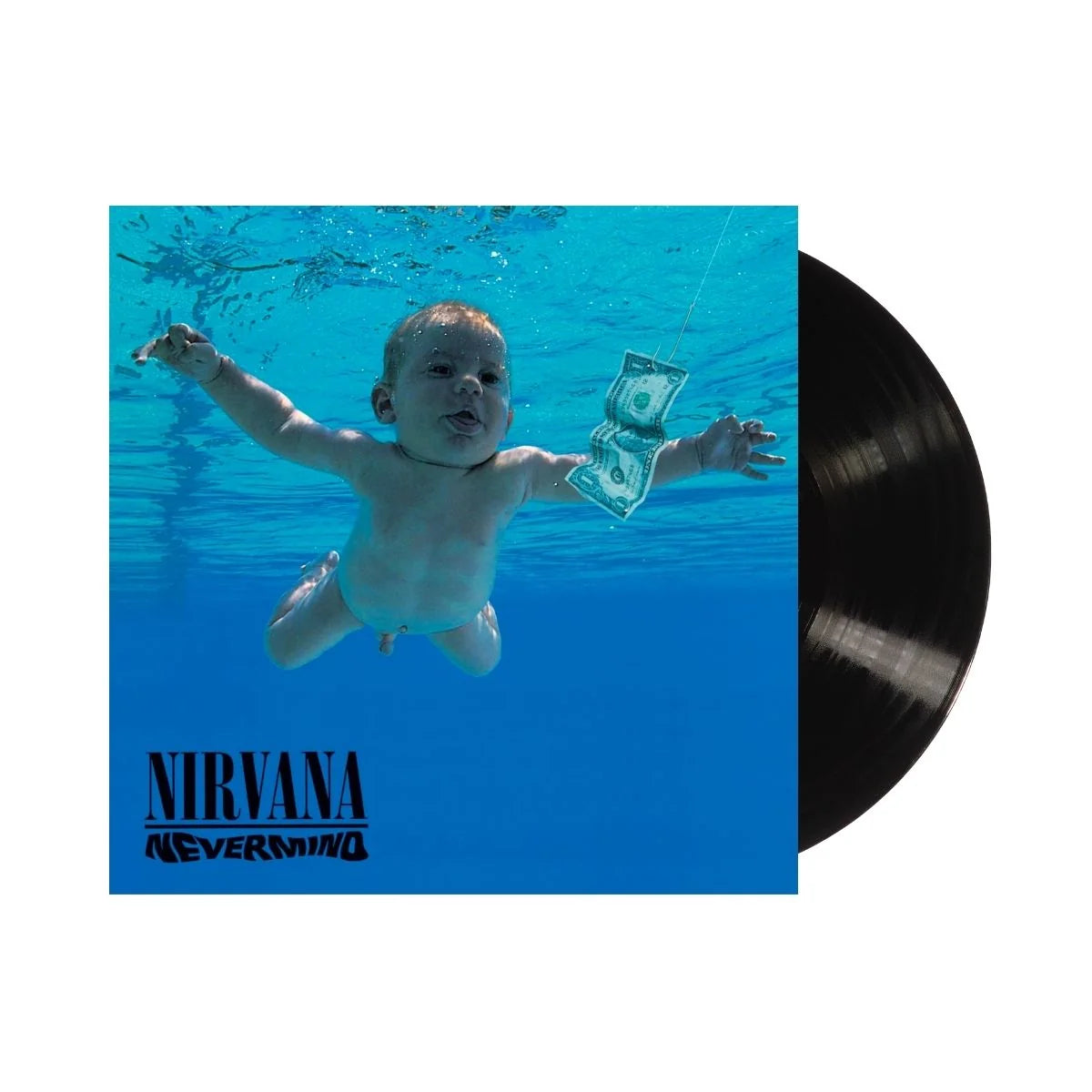
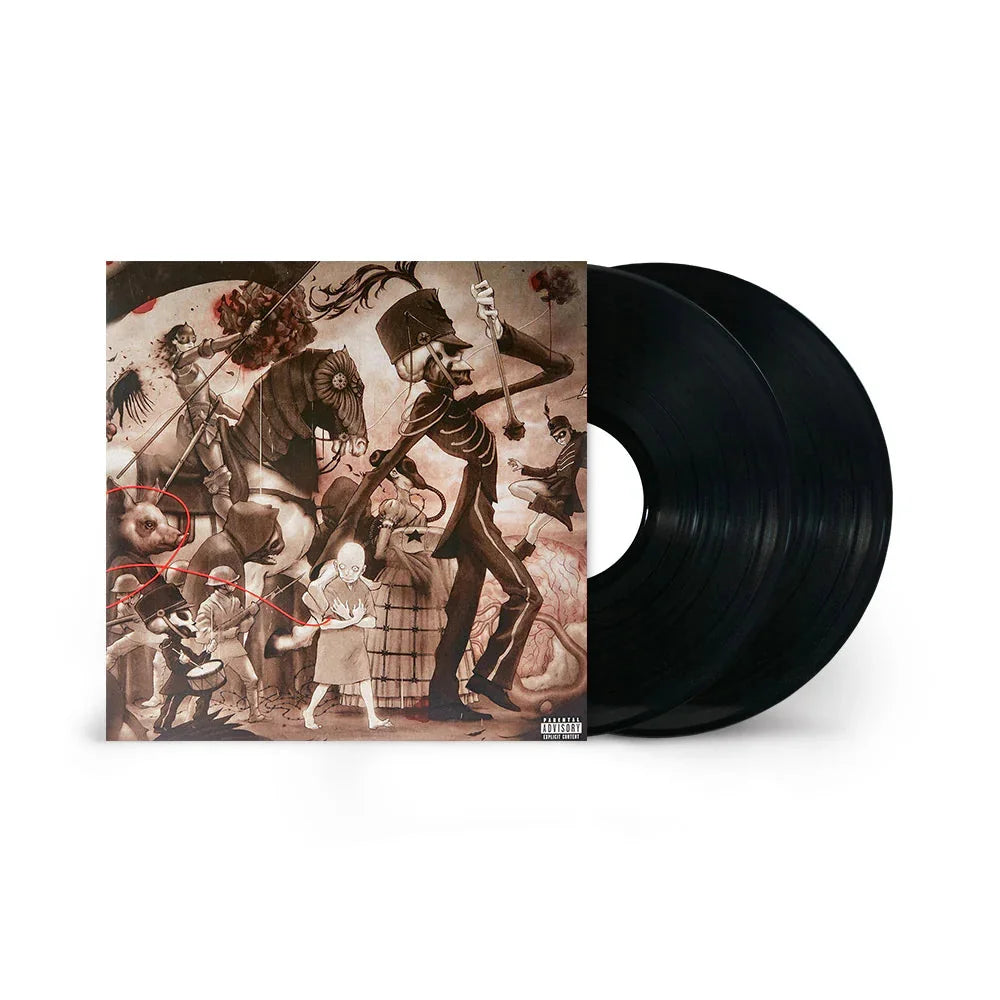
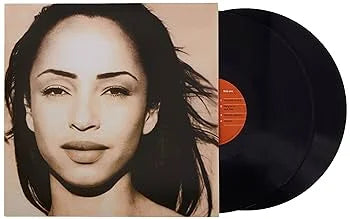
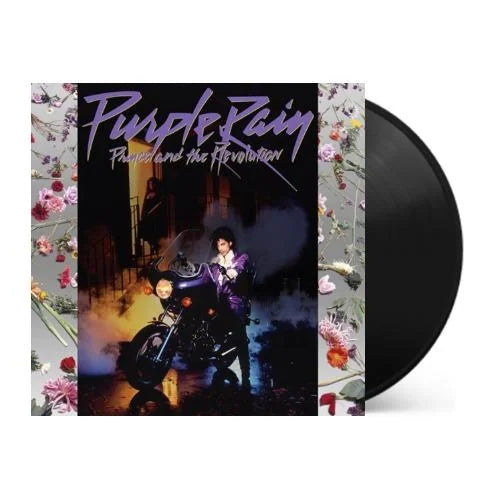
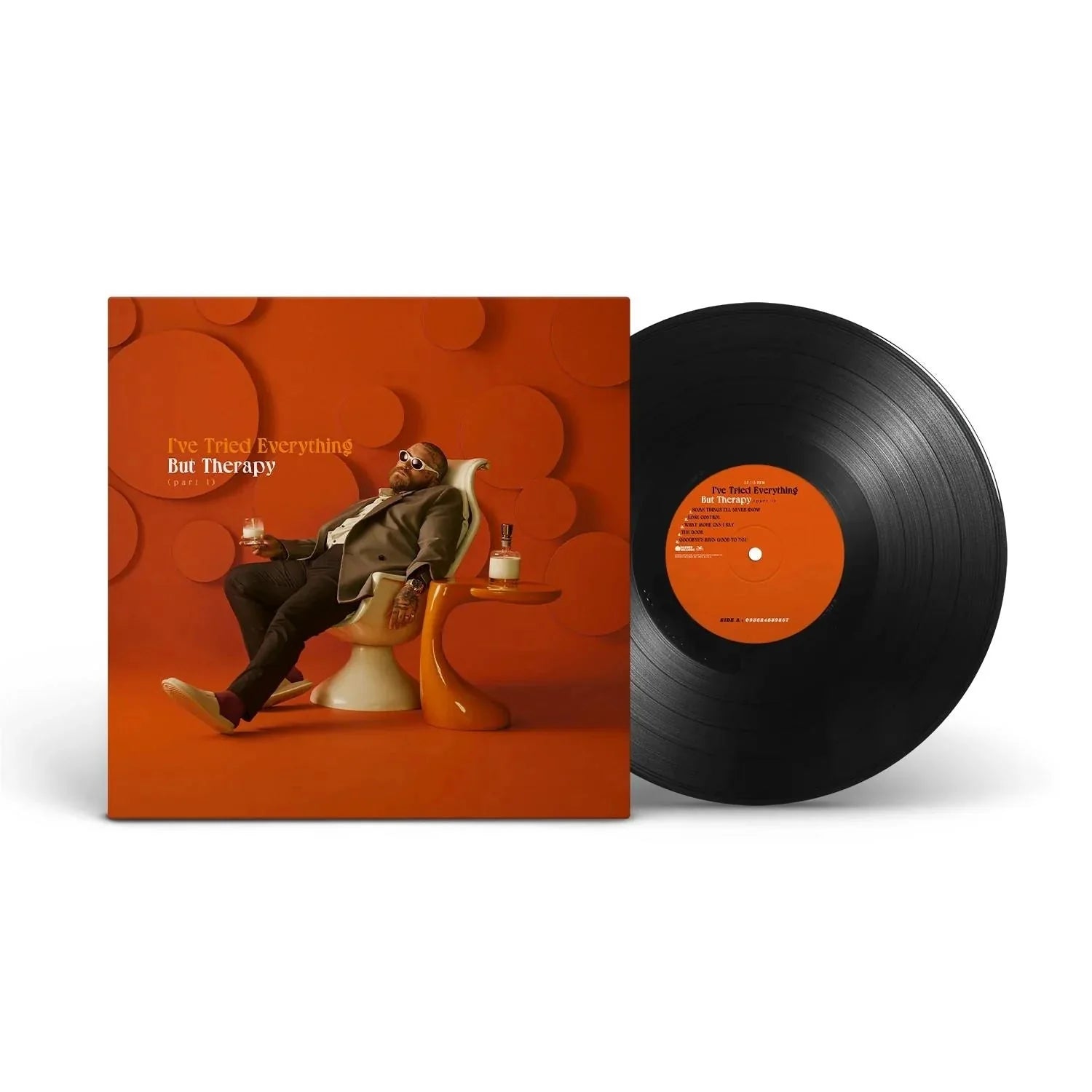

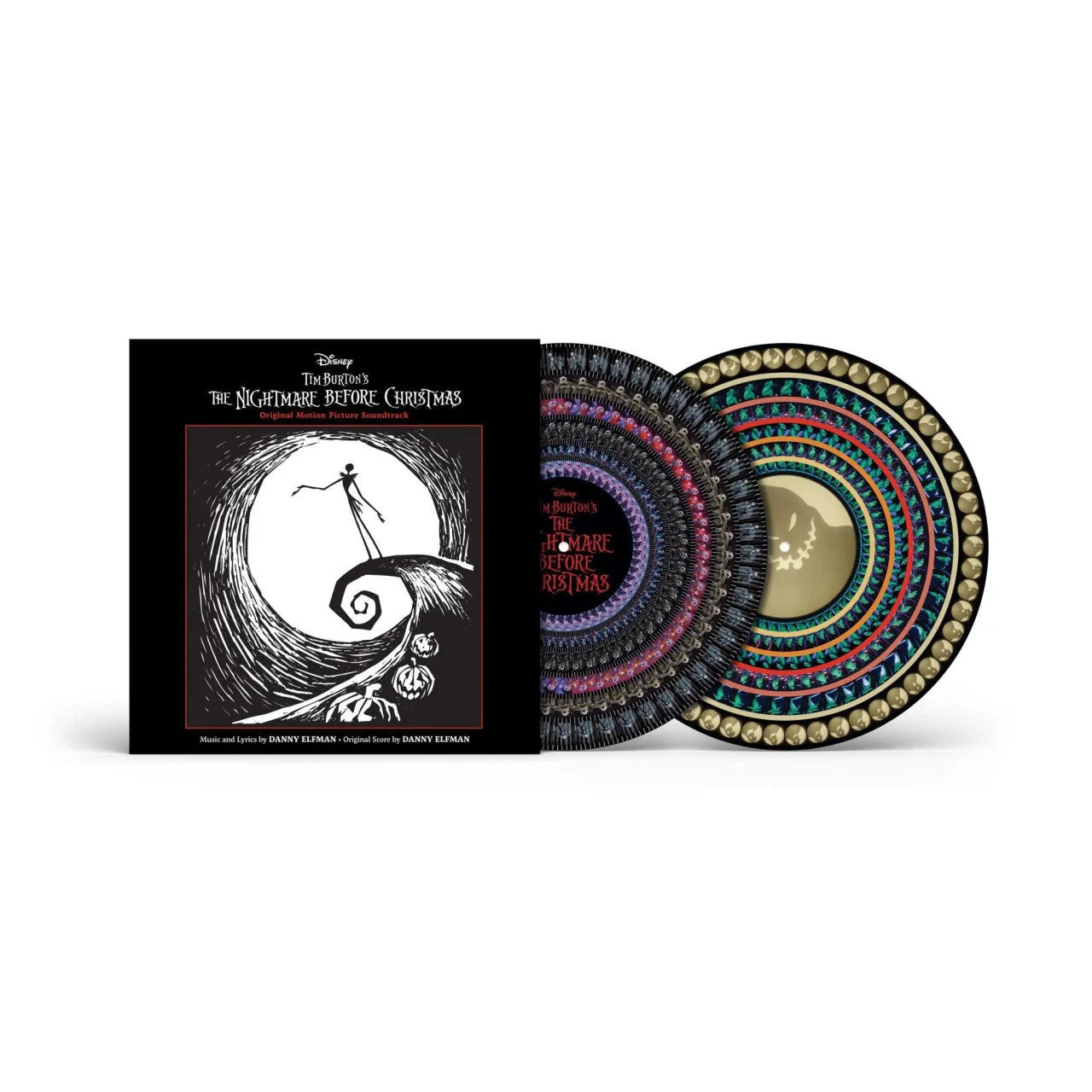
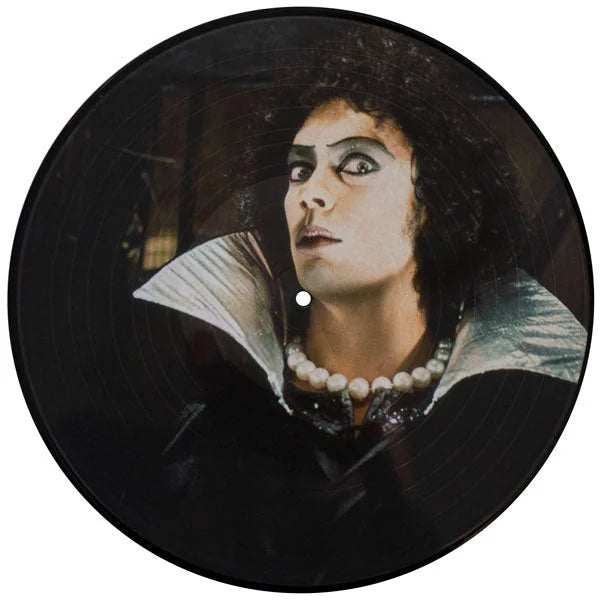
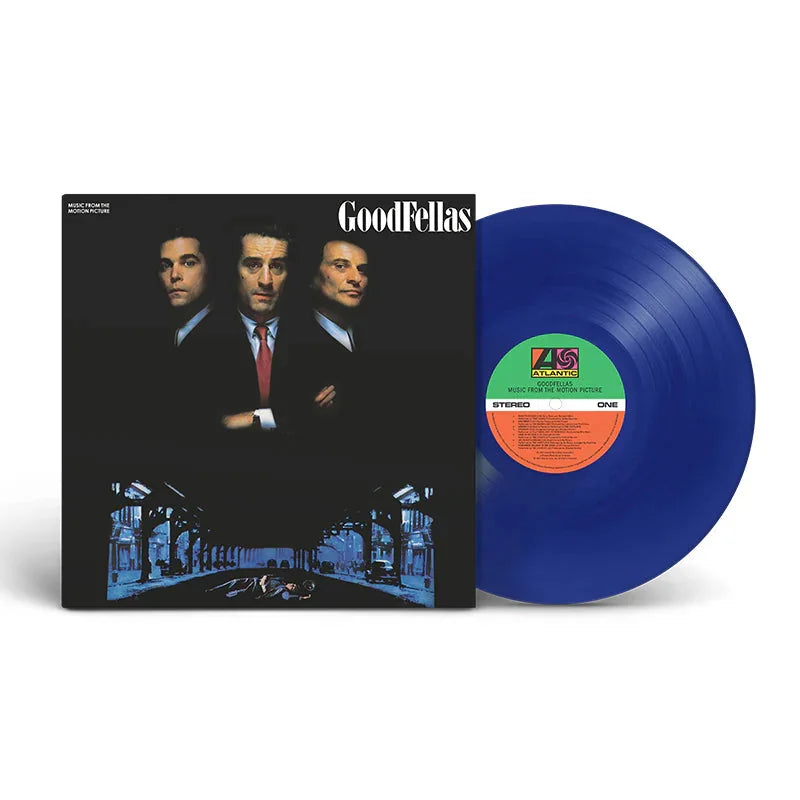
![Transformers: The Movie (Original Soundtrack) [Unicron Marbled 180-Gram]](http://vinyl.com/cdn/shop/files/4417308-3378319.jpg?v=1745982250&width=5760)









